While runes are stealing the spotlight, Bitcoin builders are hard at work - ushering in a Frankenstein’s monster atop the world’s most trusted blockchain. And with so many different forms they can take, you could be forgiven in thinking Bitcoin Layer-2s are more VC-powered gish gallop than the final frontier of finance.
But for your information, dear reader, there’s much more to Bitcoin than people think.
Example? Ok. Bitcoin is like… an onion. Onions have layers!

In Bitcoin’s case, there are Layer-2s, an emerging narrative that promises to take Bitcoin to the promised land of succulent, yield-bearing dishes in decentralized finance. But, like onions, there are different kinds, and the way they’re prepared matters.
But what ensures this isn’t just buzzword soup and word salad? Will fancy tech bring in new users or just new bagholders?
What’s the deal with Layers?
When we think of Layer-2s in blockchain development, we think of scalability: How do we take Bitcoin and make it faster, better, harder, stronger? Bitcoin’s kind of slow, and its basic use—beyond a store of value—is peer-to-peer coin transfers. When we talk about Layer-2s, we’re talking about using Bitcoin in meaningful ways, like in smart contracts, to transact in a reasonable amount of time and to do so cleanly.

This kind of scaffold already exists on Ethereum layer-2s, such as Optimism and Arbitrum batch transactions, and it rolls them back down to the main network. Bitcoin Layer-2 developers creatively borrow these concepts and implement them to different degrees of complexity.
From a big picture, it’s conceptually the same thing: Bitcoin Layer-2s are designed to allow Bitcoin to be used more robustly.
The menu: how developers prepare Bitcoin Layer-2s
Think of how one can cook an onion. It can enhance a dish, act as a key player, or as the centerpiece. For Bitcoin L2s, the developers are also thinking of how to use Bitcoin. To keep it simple, or make a full-blown custom solution?
The solutions, as it turns out, can vary in their technical differences. Lucky for you, I’ve got a menu highlighting some key dishes I’ve picked out for us. (I decided against a diner-style, 50-item presentation.)

Short and Sweet: Citrea
In the short and sweet section, I’m showcasing Citrea. Other solutions I categorize here include Stacks, Build on Bitcoin (BOB), and SatoshiVM. Their focus is on the core aspects of Layer-2s: blockspace scalability and smart contract usage. It sounds fancy but isn’t too crazy.

Citrea is a zero-knowledge (ZK) rollup aimed at scaling Bitcoin blockspace. As a rollup, it inherits Bitcoin’s security, and batches transactions with a validity proof inscribed, verified in Bitcoin via BitVM.
Citrea also uses a two-way peg mechanism between Bitcoin and itself and is Ethereum Virtual Machine (EVM)-compatible through BitVM, which allows Bitcoin to have (Turing-complete) smart contracts processed off-chain.
It’s important to note that Citrea is a roll-up and not a sidechain—just like garlic is in the same family as onions but is completely different. It aims at scaling blockspace rather than transaction throughput—that is, focusing on storing blockchain information more efficiently rather than the number of transactions processed on the L2.
In Citrea’s case, validity proofs are inscribed in Bitcoin, allowing transaction batches to be easily rolled up. One important distinction is that the inscriptions are optimistically verified – all transactions are valid unless proven otherwise, and a fraud-proof is used to contest illegitimate transactions.
So, where does ZK fit in? Well, first, transaction data isn’t posted to Bitcoin itself, just the inscription. This allows some privacy with respect to users on Citrea and other Bitcoin Layer-2s using a similar paradigm.
Second, there is a trust-minimized bridge enabling a two-way peg of Bitcoin between Citrea and Bitcoin, where withdrawals can only occur if a valid ZK proof is passed. Citrea uses ZK-STARKs, or Zero-Knowledge Succinct Non-interactive Arguments of Knowledge, to recursively verify the batch proofs in light clients.
Now, this sounds a lot like “the flavor of onions is controlled by thiosulfinates'' – something that sounds like nonsense to the average user. There are a lot of technical details that are important, but in practice, the appeal of this solution is that it’s simple.
If we think of Citrea as another roll-up like zkSync, Arbitrum, or Optimism, it makes all the fancy-sounding ingredients easier to digest. Of course, it’s not exactly the same, especially on a technical level; rather, it's just a loose analogy to draw comparisons. Imagine, then, you’re not trusting a third party with your Bitcoin when using it on Ethereum but having control over using native Bitcoin on Citrea: you only have to trust the open-source code. This is one strong appeal.
Custom made for you: Bison

Some teams take a different approach when it comes to using Bitcoin natively. There are, in fact, quite a few solutions that rely on using EVM to facilitate their form of DeFi. Bison Labs addresses this with their Bison product suite, which includes Bison Network, Bison OS, and Bison Prover.
Bison draws its own parallel: Bison is to Bitcoin as Starknet is to Ethereum. Like Citrea (and a few other solutions), Bitcoin network inscriptions are leveraged as a DA (data availability) layer, which enhances immutability and allows data to be fetched more easily from the Bitcoin blockchain. They also use Zero-Knowledge Scalable Transparent Argument of Knowledge (or ZK-STARK for short) methodology for their rollups.
Bison Network has components inherent to rollups and smart contract functionality. These components include L2 Dapp logic, sequencer and token contracts, and a bridge contract. Essentially, Bison leverages its own operating system rather than leveraging (or relying) on EVM to handle that work, potentially realizing some bespoke benefits of a specialized chain.
For our cooking analogists here, Bison suggests adding raw onion to the dish instead of sautéing it in olive oil every time “because it tastes good that way.”
There’s a spider in your dish: Botanix
Other teams take a completely different approach to utilizing native Bitcoin. If you’re looking for something exotic, look no further than Botanix, which proposes to implement Proof-of-Stake on its own Layer-2. Yeah, that’s new.
Proof-of-Stake (PoS) on Bitcoin looks different than other PoS networks, which distribute yield to stakers through either inflation, block rewards, or both.
In Botanix, stakers lock their Bitcoin and generate fees through base transaction fees, priority transaction fees, and a “downlifting fee” which occurs when a user wants to bridge out of Botanix to Bitcoin. In theory, the base reward for blocks on Botanix is 0. This means Botanix benefits greatly from higher user adoption. (Surprise, surprise!)

Botanix secures the staked Bitcoin in an architectural model called “the Spiderchain.”
The Spiderchain is a “series of successive multisigs between Botanix Orchestrators,” which are essentially the “full nodes” of the Botanix protocol. On each block of Bitcoin, a new multisig is created between randomly selected, valid Orchestrators.
Orchestrators cannot access the Bitcoin in the multisig without receiving the majority of signs in the randomized multi sig, governed by the amount of Bitcoin staked by the Orchestrator themselves, meaning they must control ⅔ of the stake itself. This security model means that as the network becomes more decentralized, with greater amounts of Orchestrators, the more secure it becomes.

Now, it’s important to note that Bitcoin is “native” insofar as it lives on the Spiderchain. All the Bitcoin that lives on the EVM portion of Botanix is synthetic (same as the other projects mentioned). If user Alice, bridges to Botanix from Bitcoin, her Bitcoin is locked in the Spiderchain, and she receives synthetic Bitcoin to use on Botanix EVM.
When she wants to bridge back to Bitcoin, the synthetic Bitcoin is burned, and she receives her Bitcoin from the Spiderchain. This is referred to as “peg-in” and “peg-out” respectively because the supply should remain pegged 1:1.
Botanix is certainly unique—almost like eating a spider? I don’t know. It could be disgusting or the tastiest dish I’ve ever had. All I know is that it’s definitely cooked with onions.
That splash of magic: where does it overlap?
At this point, you might be thinking: is another mention of onions on the way? The answer is yes! Did you know that a cocktail onion is the garnish for Gibson martinis? If not, now you do! There are onions everywhere in this article. You have no escape.

In a similar vein, there are key components that are present across multiple Bitcoin Layer-2 solutions. The premier commonality will be the use of BitVM and the use of inscriptions as a data availability layer.
BitVM is technically what allows fraud proofs to be enabled on Bitcoin. Computations via BitVM are simply verified – akin to optimistic rollups – but contain elements generally inherent to zero-knowledge rollups, like obfuscating the transaction details and using a trust-minimized bridge.
You’ll also notice that the majority of Layer-2 solutions utilize EVM compatibility to leverage the power of smart contracts and the existing developer pool on Ethereum as well (though outliers exist, such as Bison).
Some differences you might see are whether or not the solution uses a token. For example, Merlin Chain, Map Protocol, and SatoshiVM all have their own tokens. They’re not necessarily used as gas and have different applications.
So, does it really matter?
Well, it depends on what kind of dish you’re making, right? Raw onion, cooked onion, sautéed, grilled…you get the idea. At the core of all this Layer-2 talk is technical, and yes, it does matter if you’re cooking and, to some extent, if you’re eating whatever’s being cooked. But for the everyday user, no, it might not really matter – and that is the price of adoption.
What does this mean for your bags? Well, it might boil down to user experience. If Citrea is clunky to use, despite being something I think is straightforward and simple, then people might not use it. Bison and Botanix might seem overwhelming on paper but could be a revolutionary user experience.
But even then, user experience is a different kind of science. It is, again, the question of whether people like raw, cooked, sautéed, or grilled onion: the market goes where there is demand.
Ultimately, Bitcoin Layer-2s represent a foray into greater user adoption, and where there is market demand, the products shall go. If people like their onions with spiders, who am I to judge?

Okay, admittedly, this onion analogy is going pretty far. Let me sum it up for you, without the onions.
Complex tech gets simplified over time, leading to better user understanding (and, therefore, experience) – and sometimes you need a more complex solution. Adoption in any form is usually pretty great for your bags.
When your bags go up, the tech is great: adoption leads to refinement of the tech, leading to new and potentially complex solutions. Generally, where there is greater market attention in crypto, there’s greater development support – in other words, a better likelihood that your bags will make it.
But we’re talking about Bitcoin here. There’s an assumption that these bags will make it regardless. What we’re interested in is whether or not the technology will be adopted in the first place. In a Layer-2 environment, we get to see Bitcoin used as a currency (wow, crazy notion!) in different environments.
However, we should ask ourselves: is Bitcoin too entrenched as a store of value or a market hedge to consider this seriously?
In the beginning, I think this will appeal to holders who want to grow just their Bitcoin holdings. The question is always who will take the first leap, and for the successful ones, their venture will pay off handsomely. For most, though, it will stay steadfast in its current function: a store of value and hedging risk.
Again, see a need, fill a need; if the market demands onions to be cooked in a certain way, with certain dishes, they will have them. Whether or not they are eaten regularly is a different story.
To wrap up
Personally, I’m interested in native solutions like Bison. I think there is a market fit for solutions like Botanix, and I think that the perfect crossover would be somewhere between those two.
I think there is enough market interest to justify its development, of course, but I think it’ll be a small fraction of Bitcoin’s total market capitalization, and a long, but interesting, road ahead for the technology overall.
What do you think? Would Bitcoin benefit from being able to be used natively or function in its current form? Let us know!






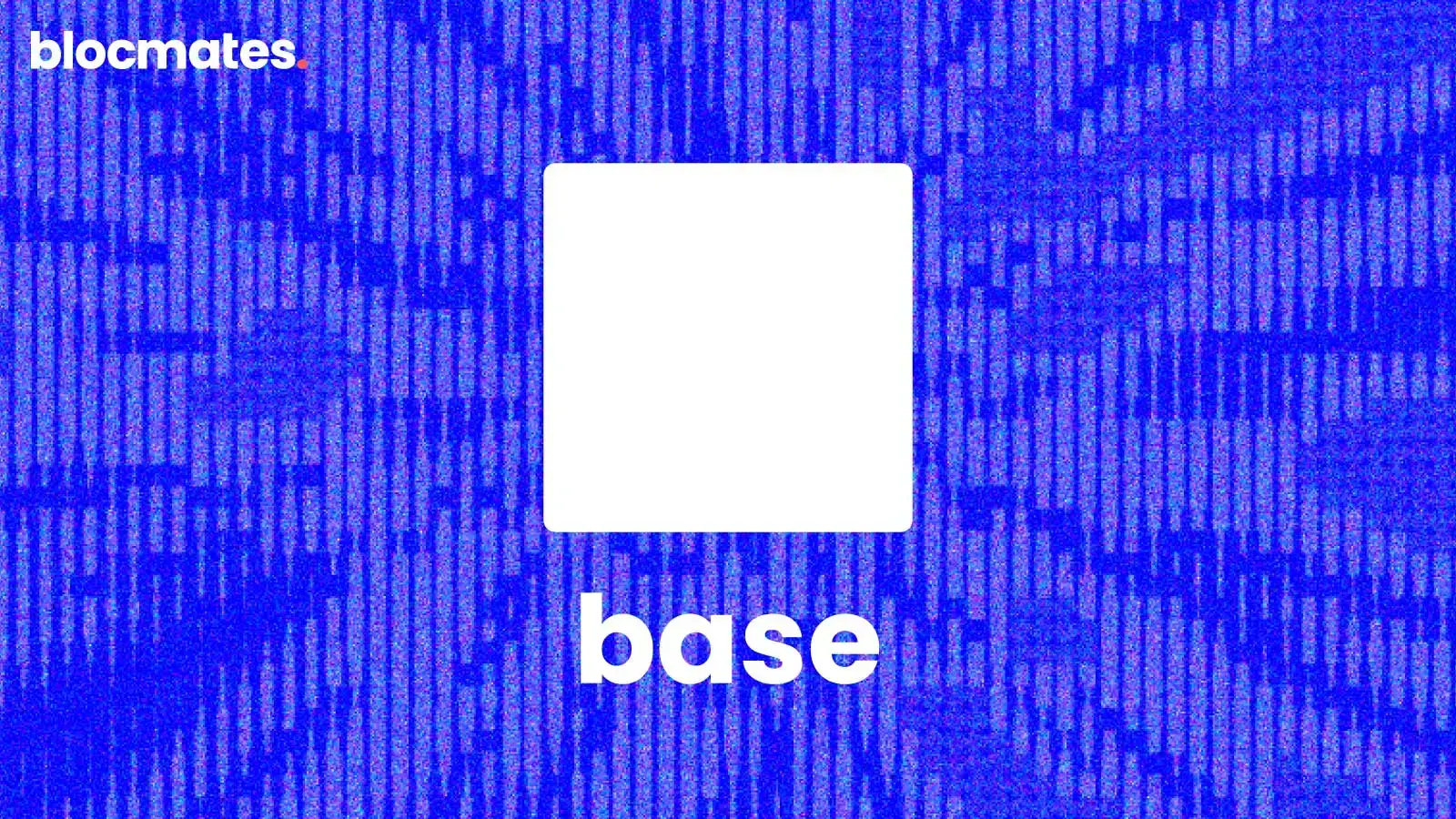
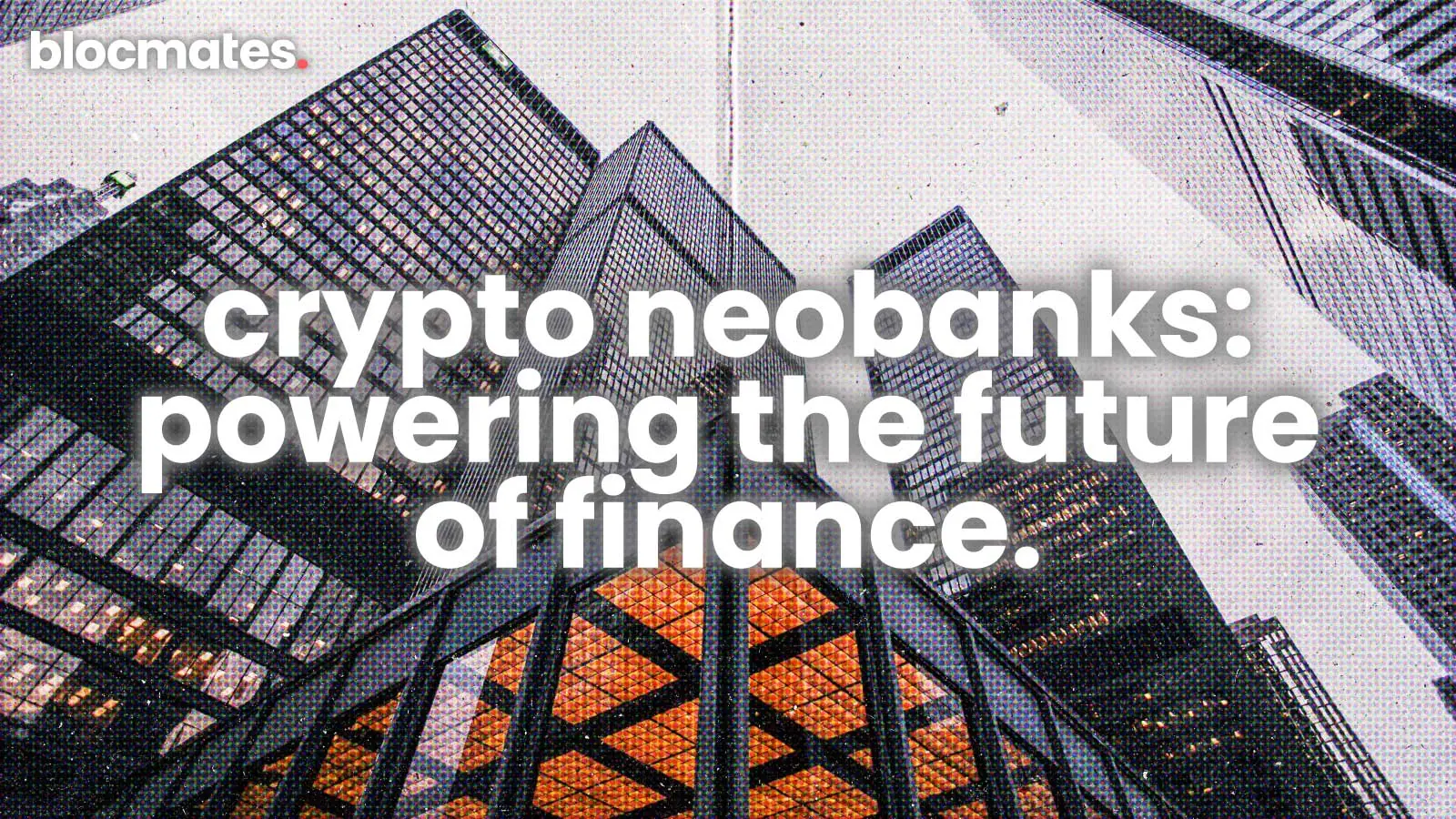



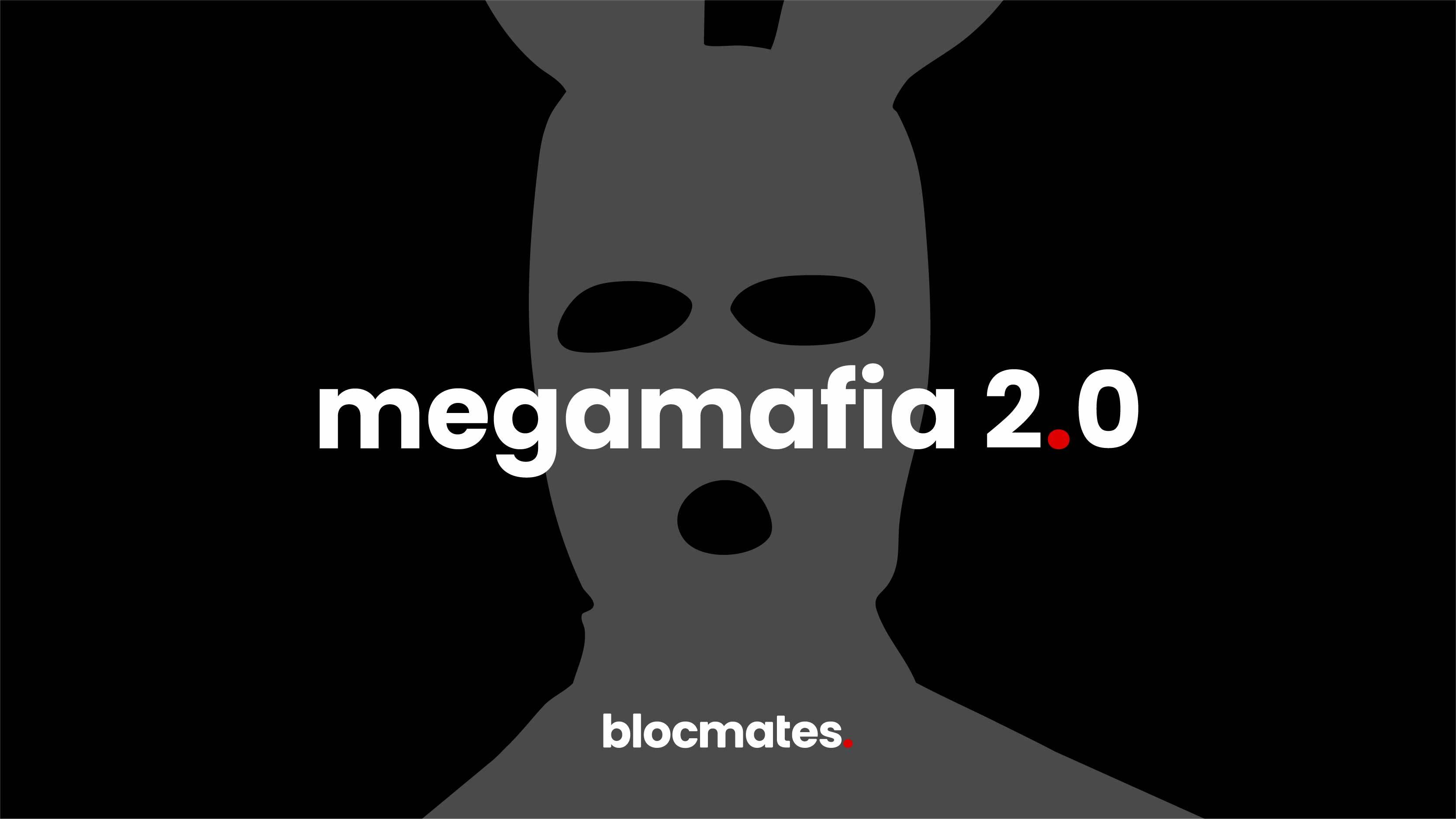


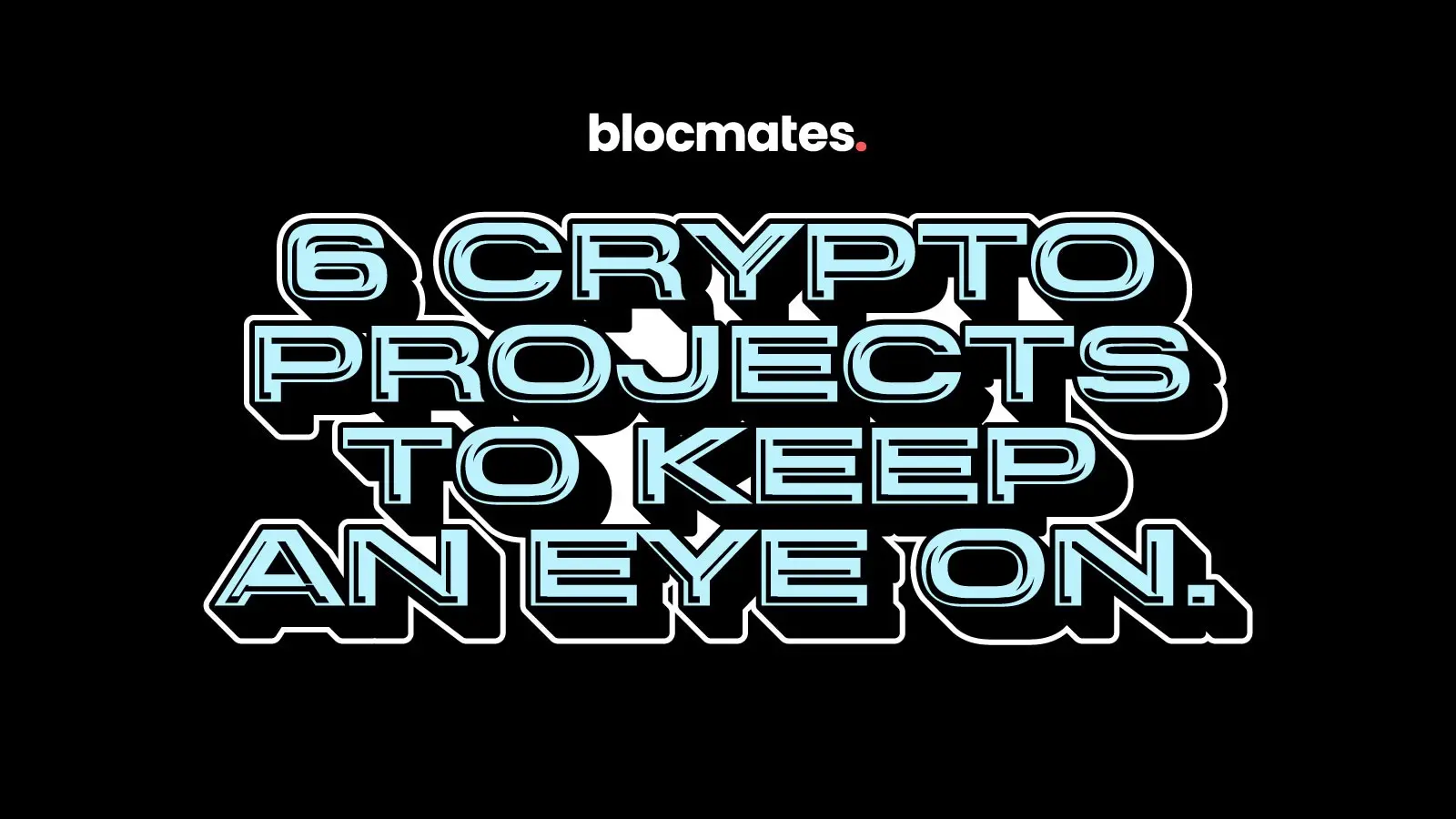
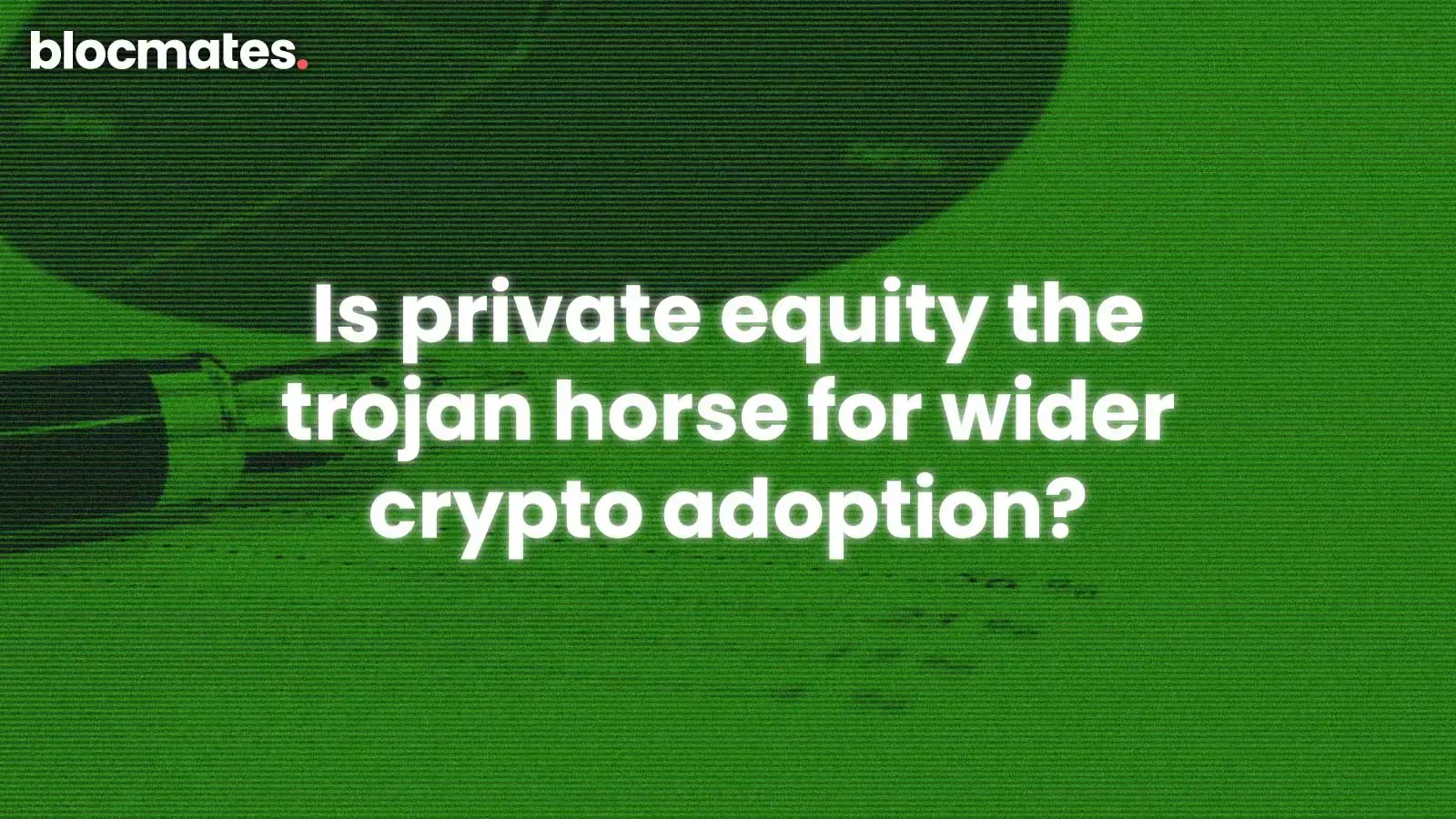


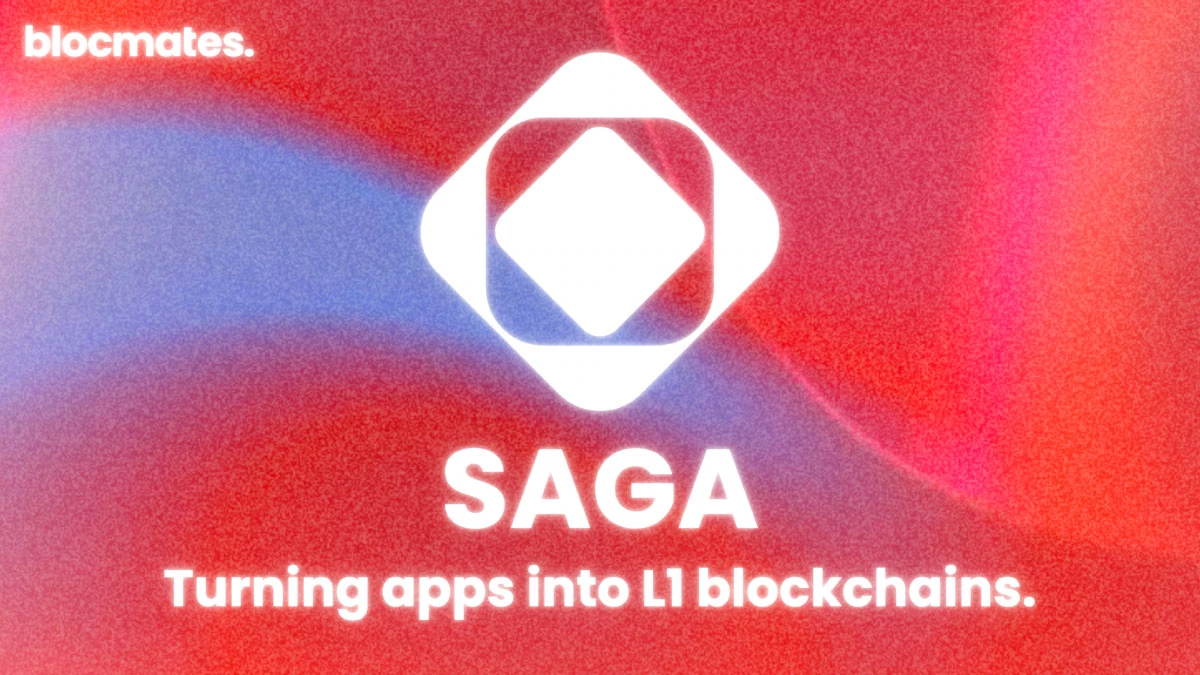

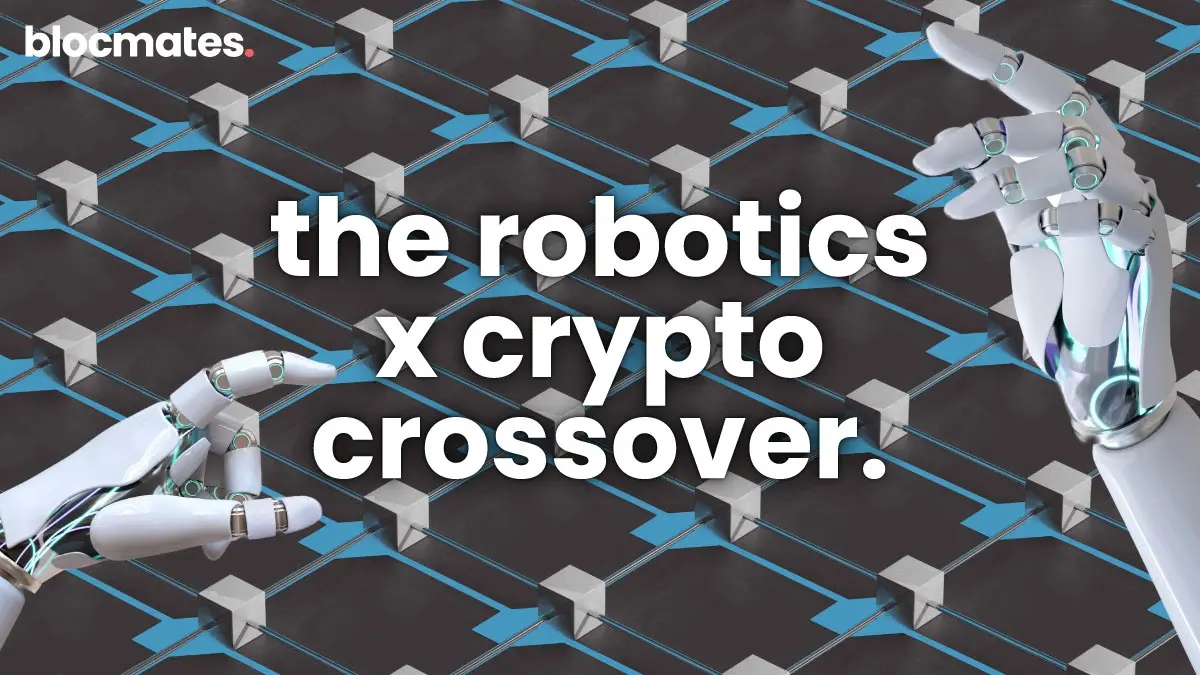
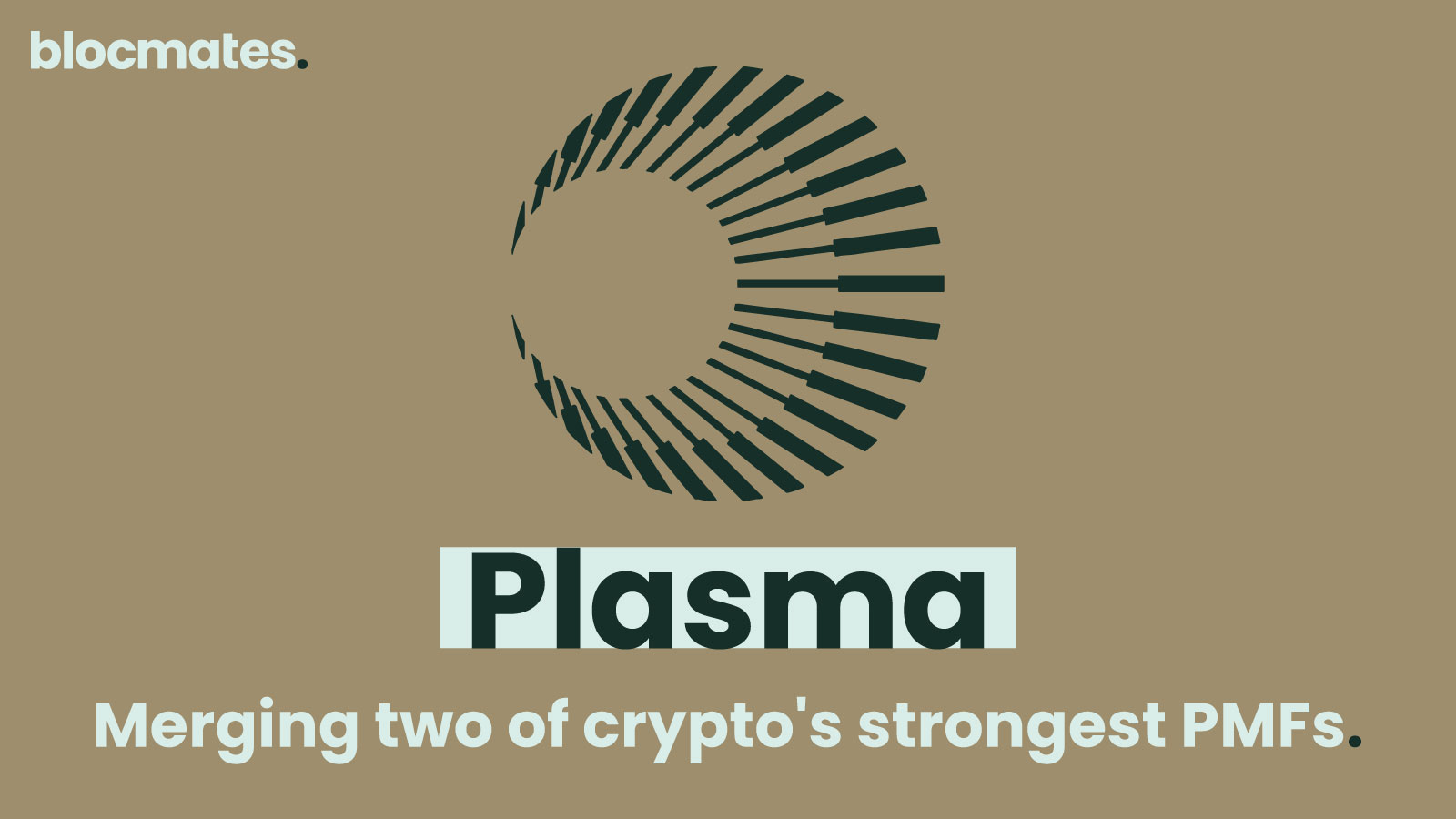

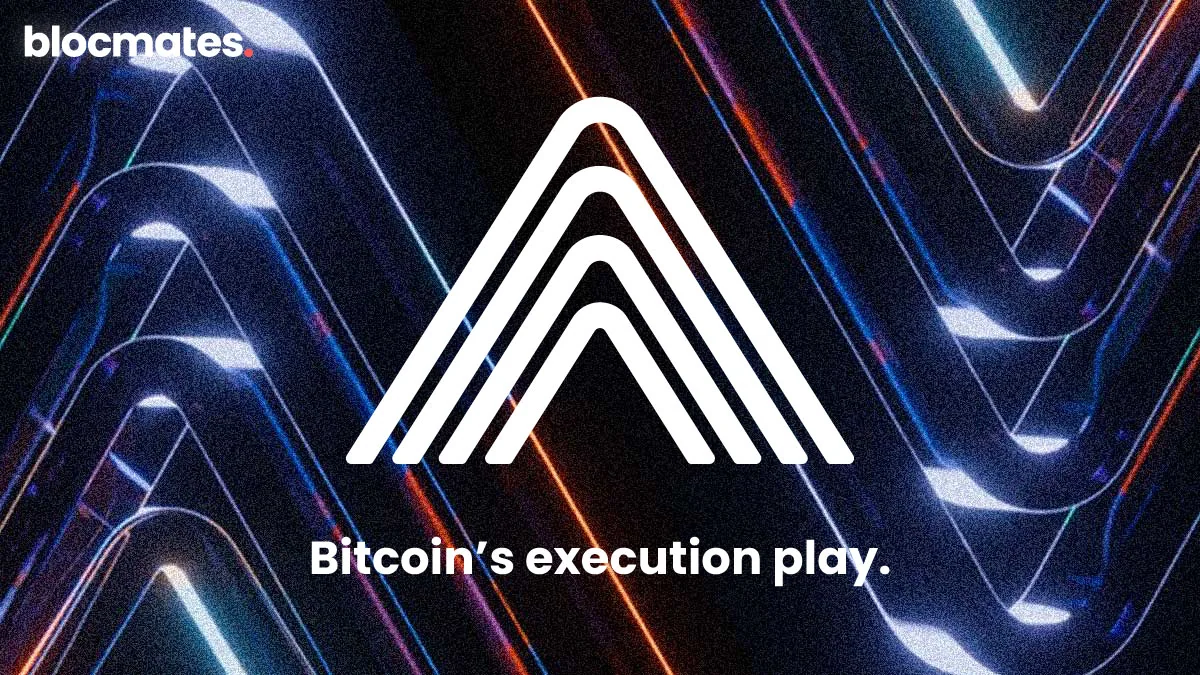

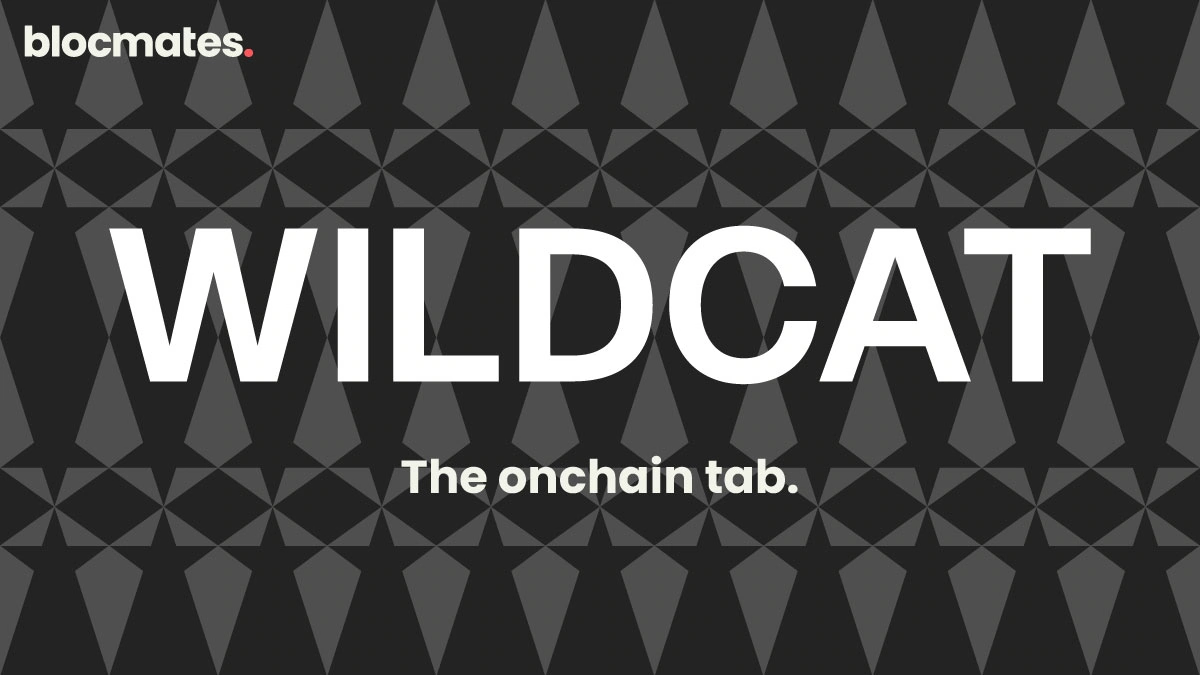
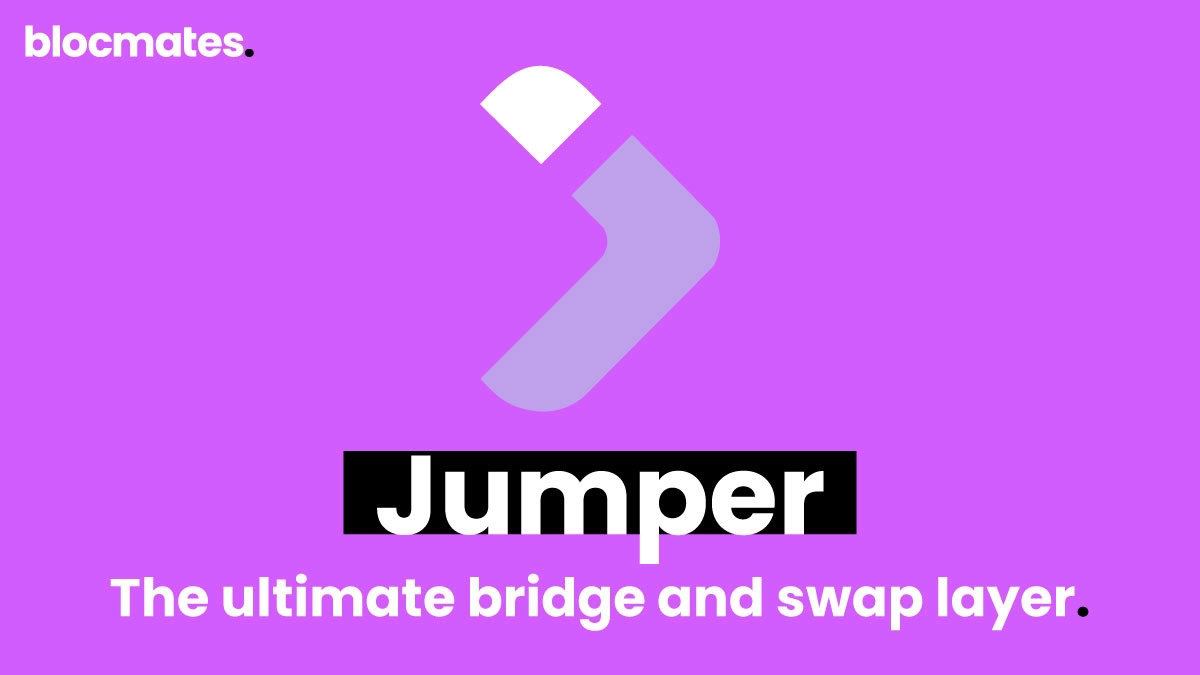
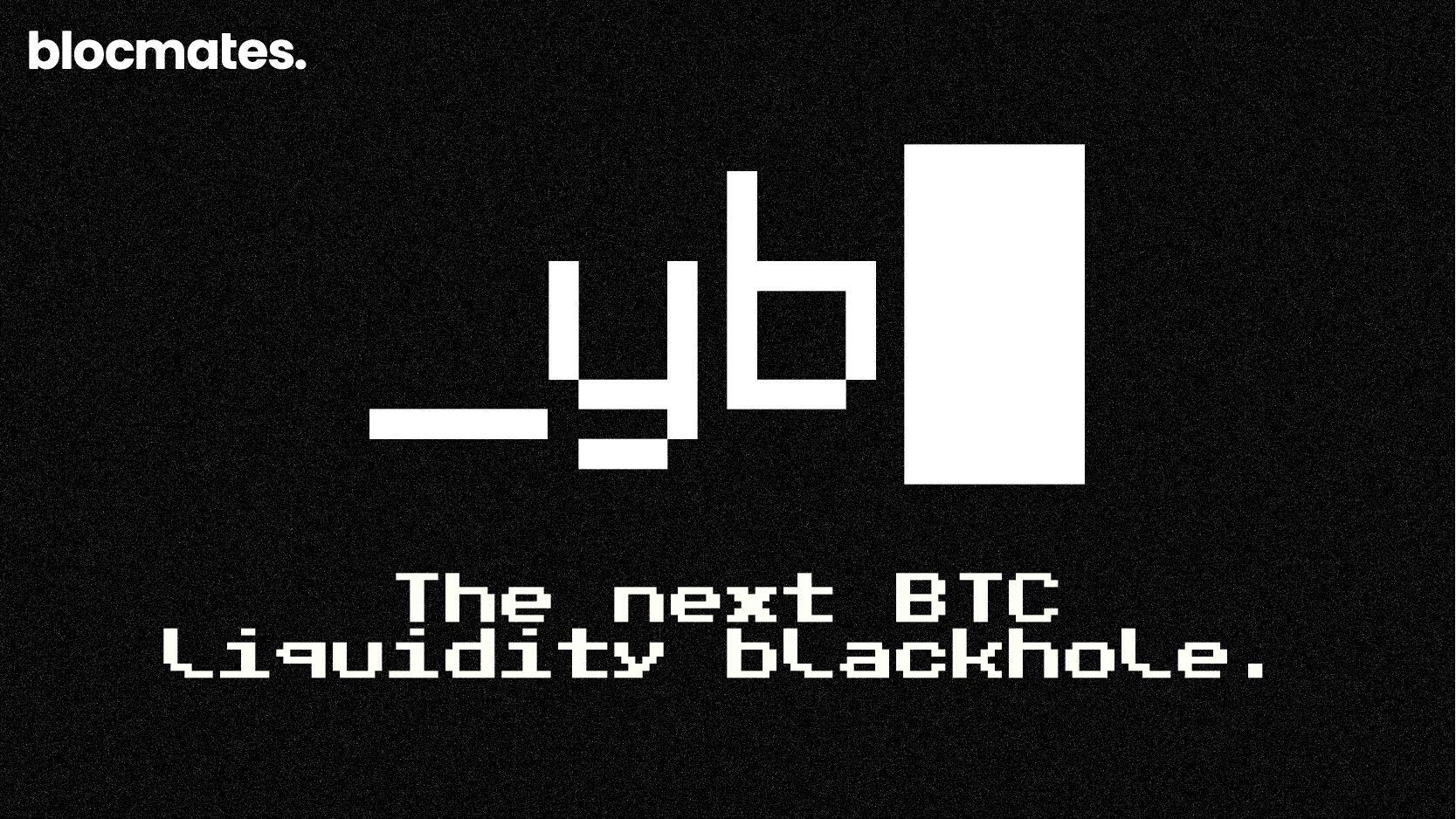
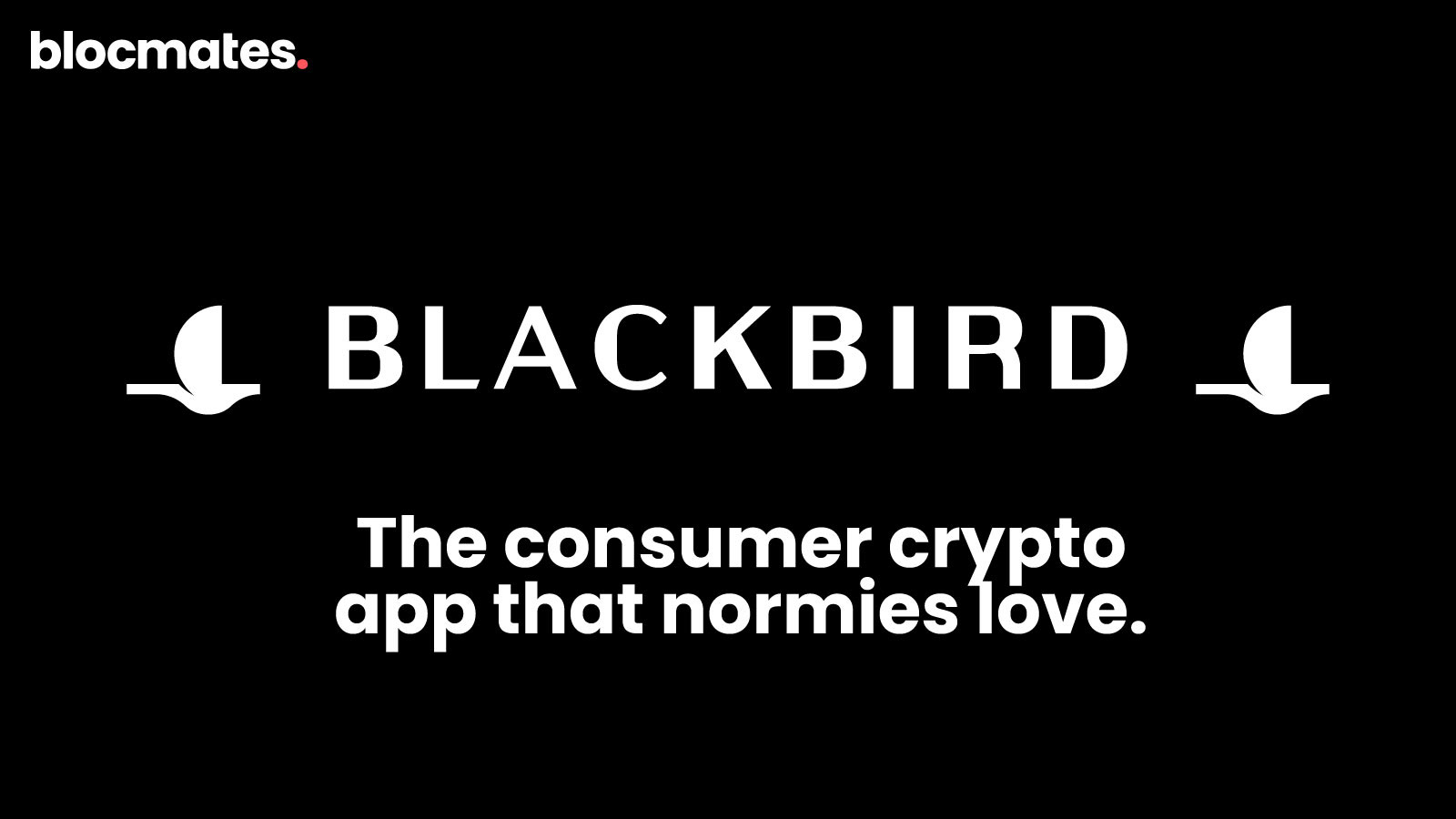
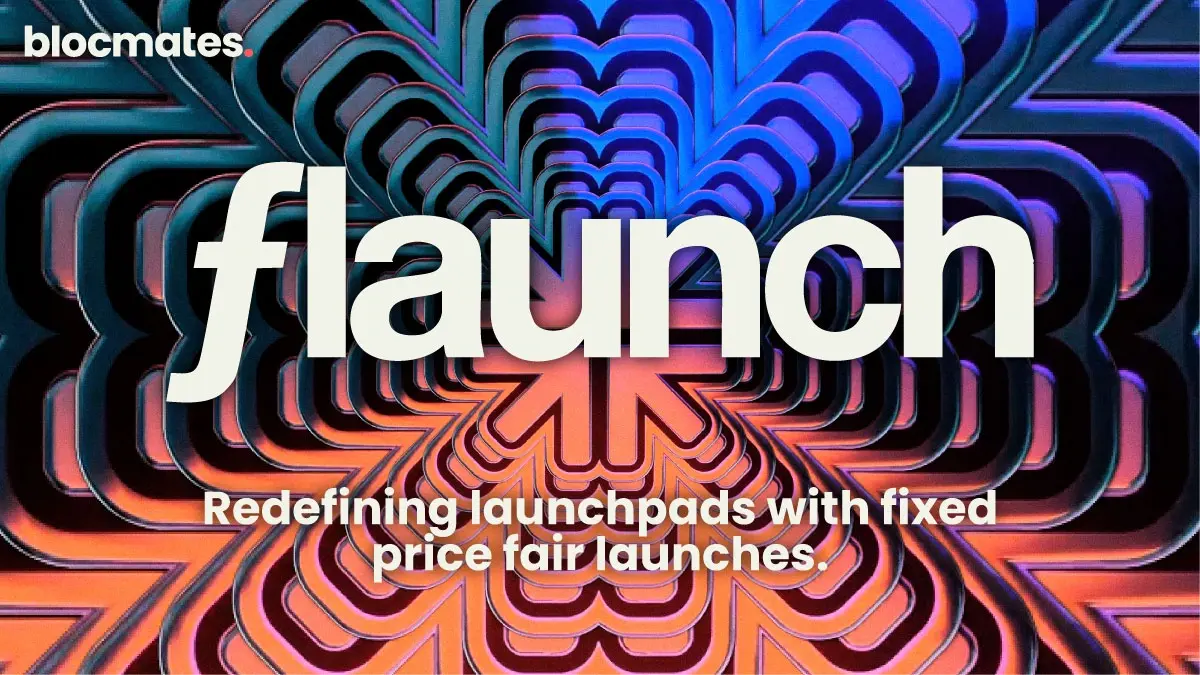

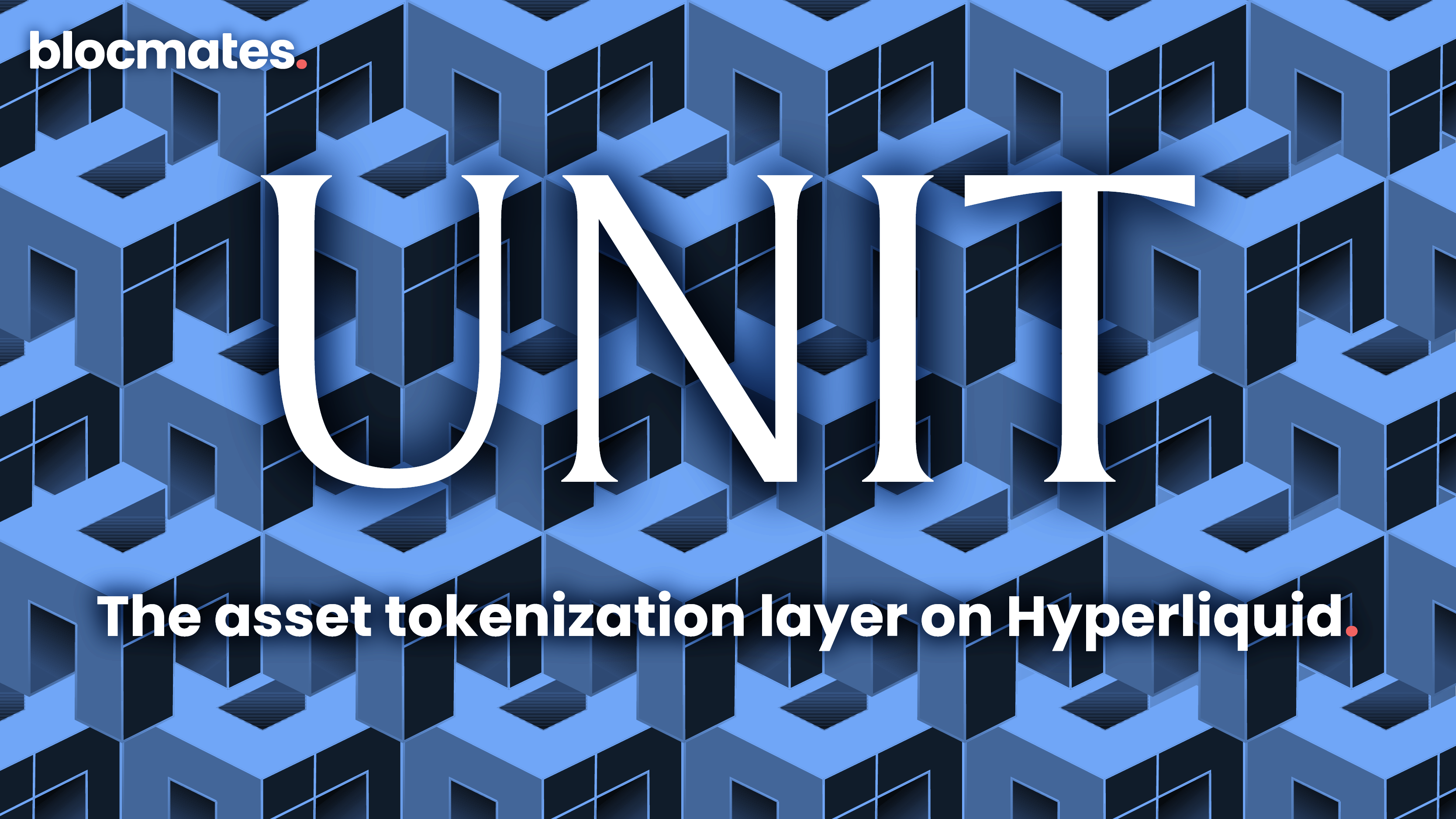



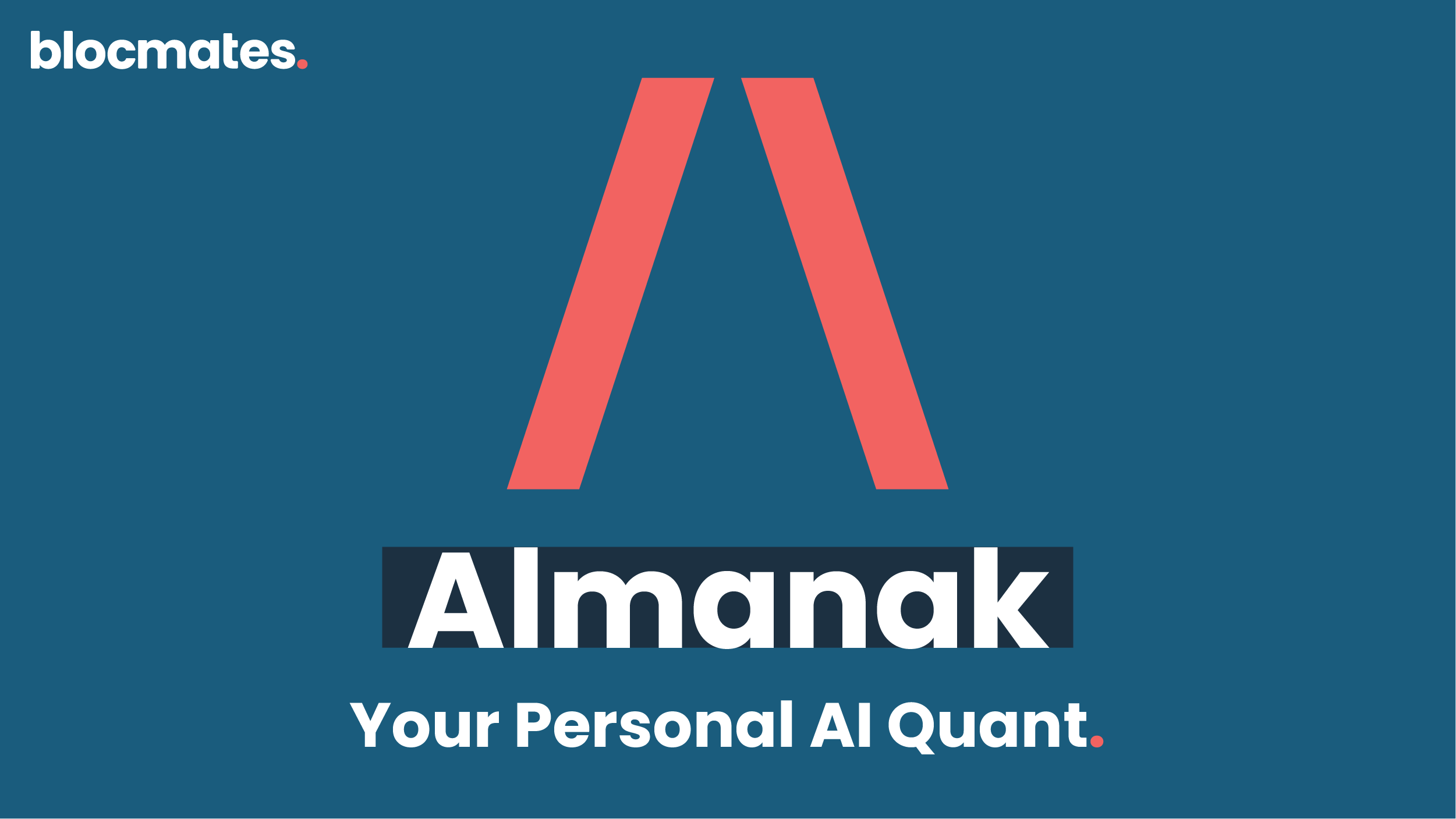
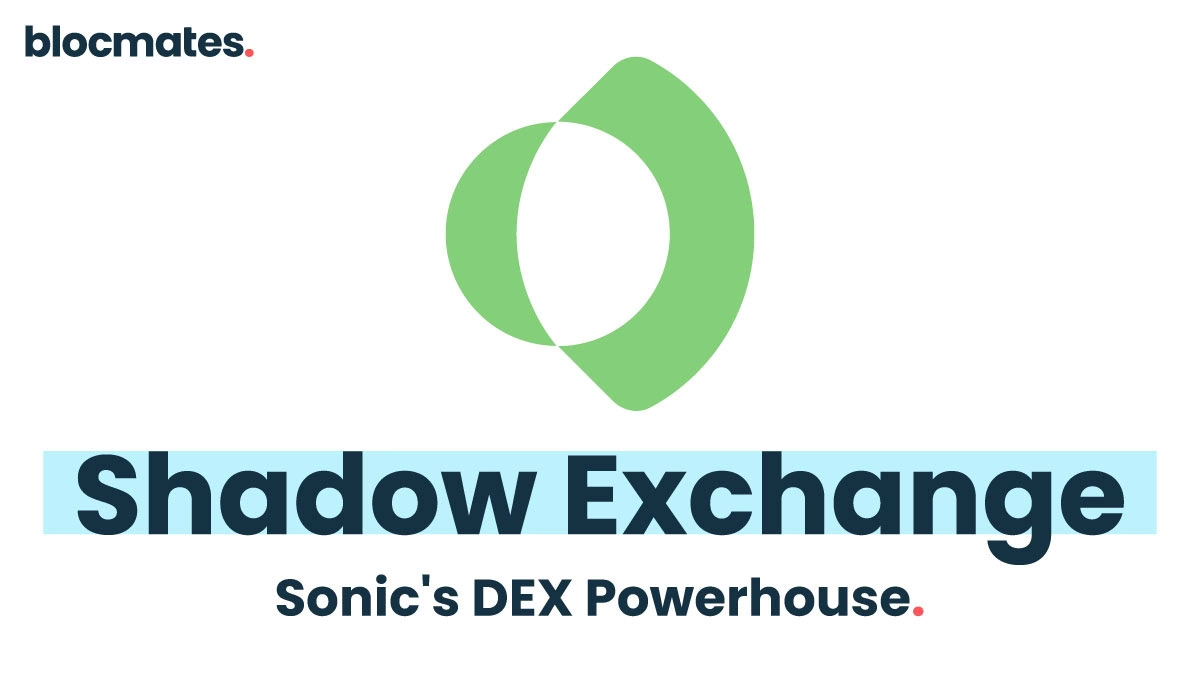


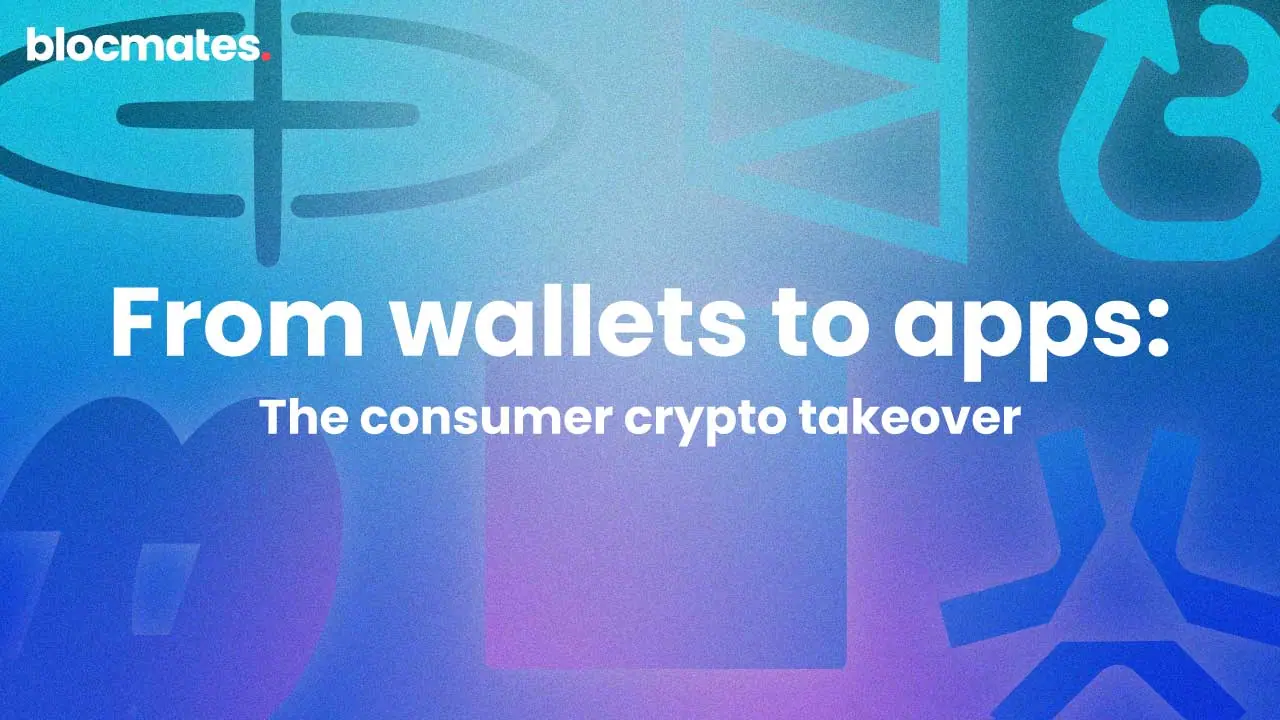


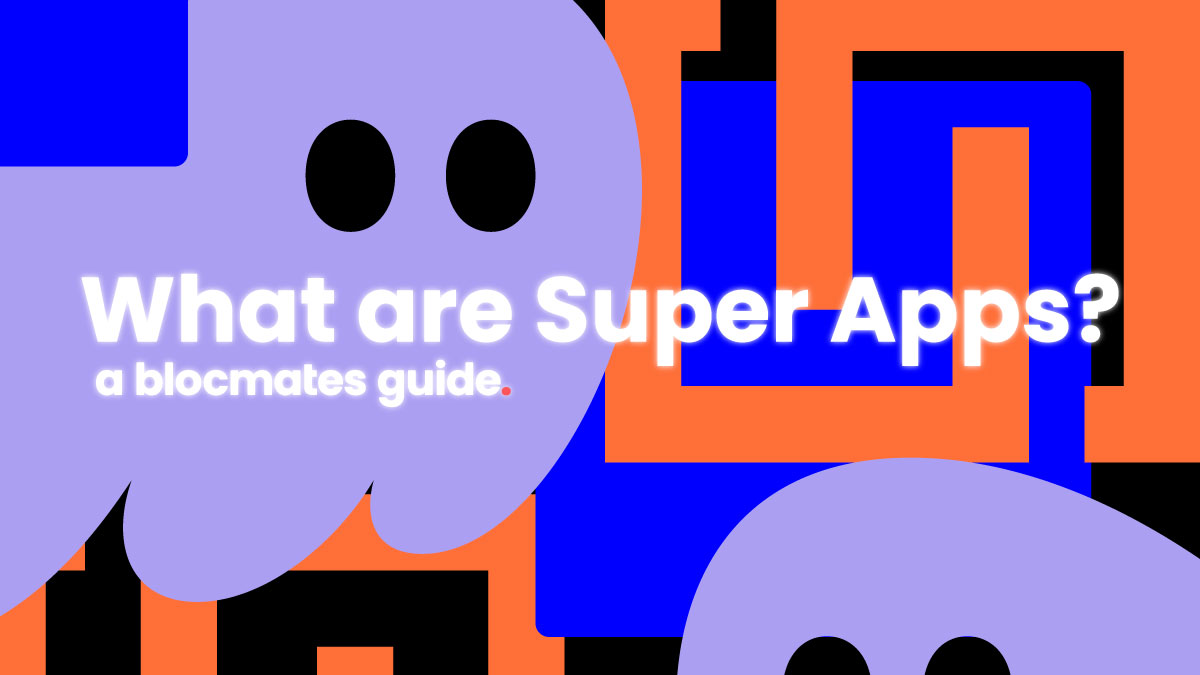

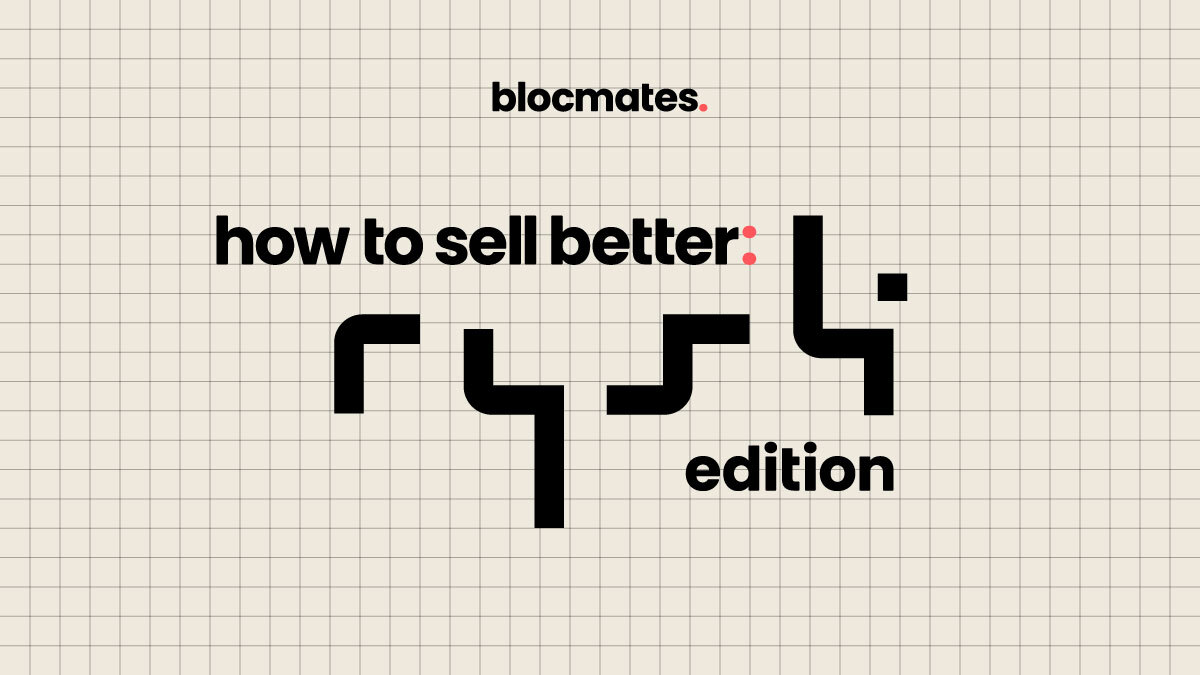
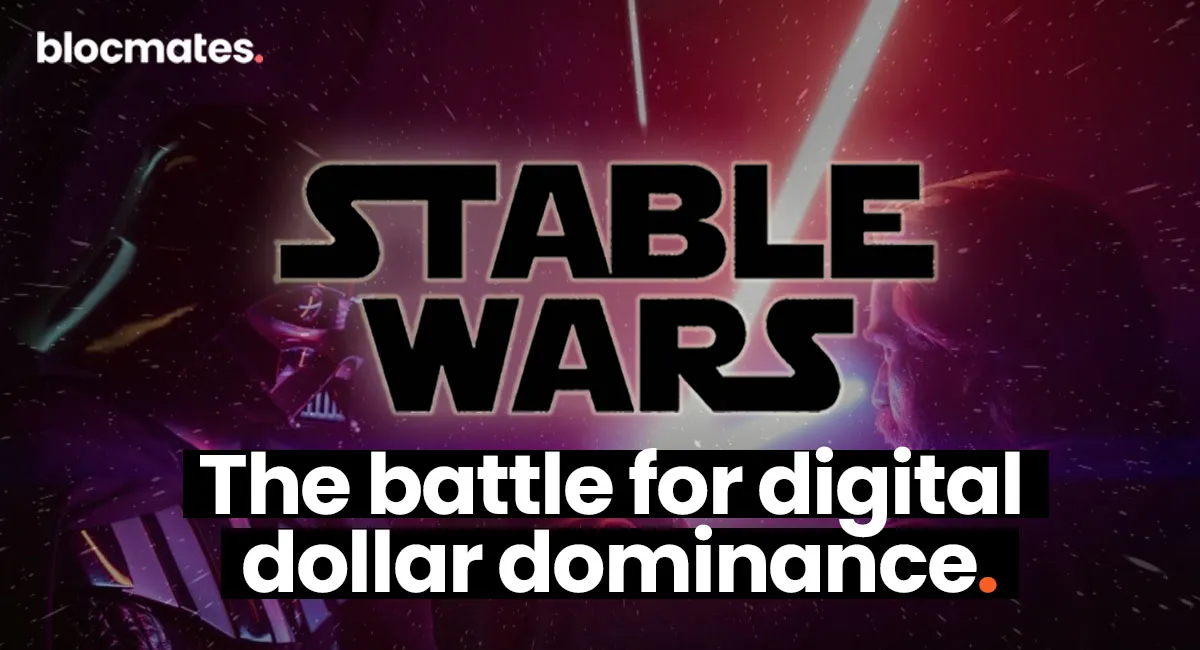






















%202.webp)


.webp)

.webp)
.webp)
.webp)



.webp)

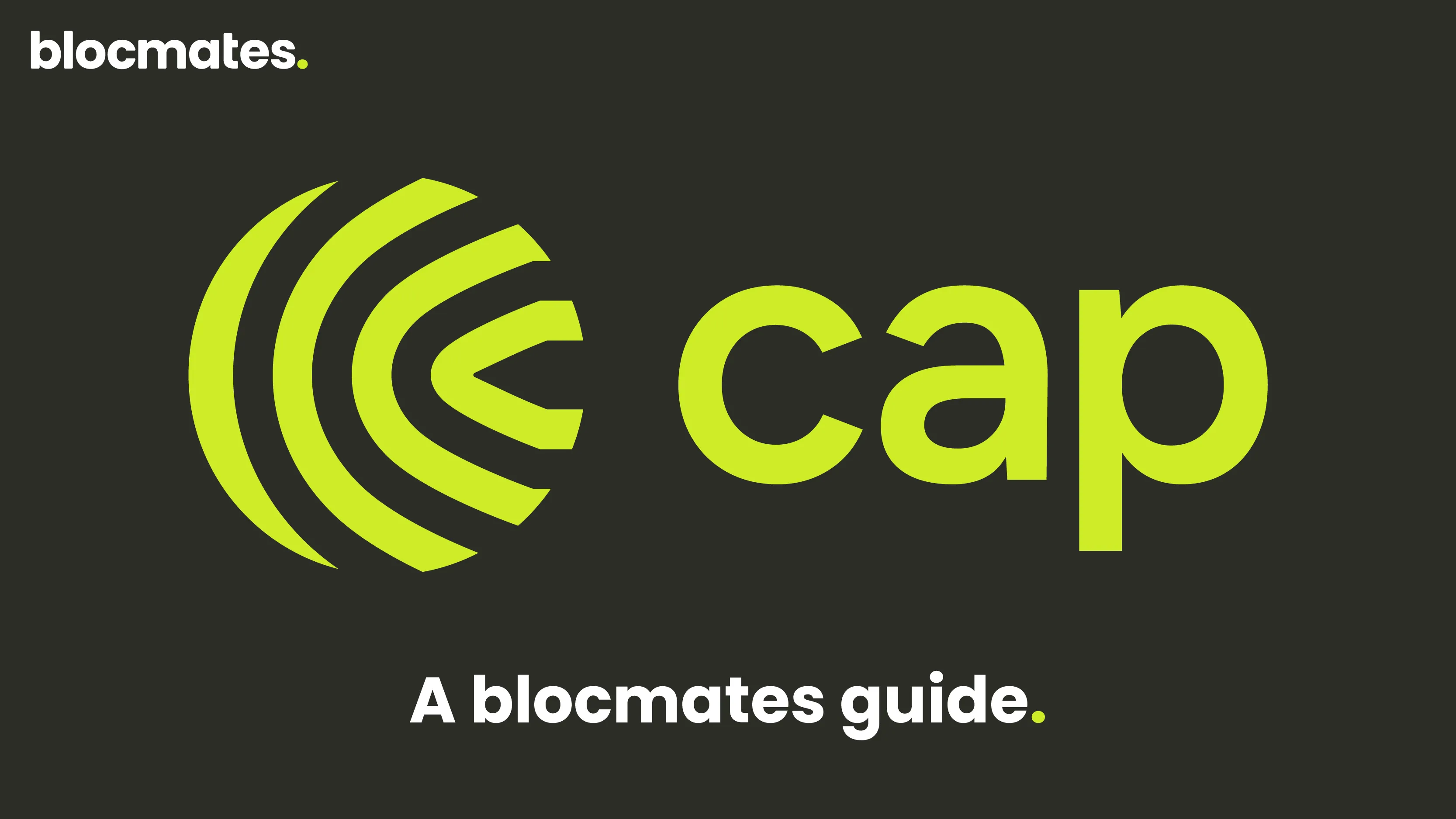










%20the%20Next%20Big%20Unlock%20in%20AI.webp)
















.webp)
.webp)

.webp)
.webp)
.webp)


.webp)
.webp)










.webp)


.webp)









.webp)







.webp)
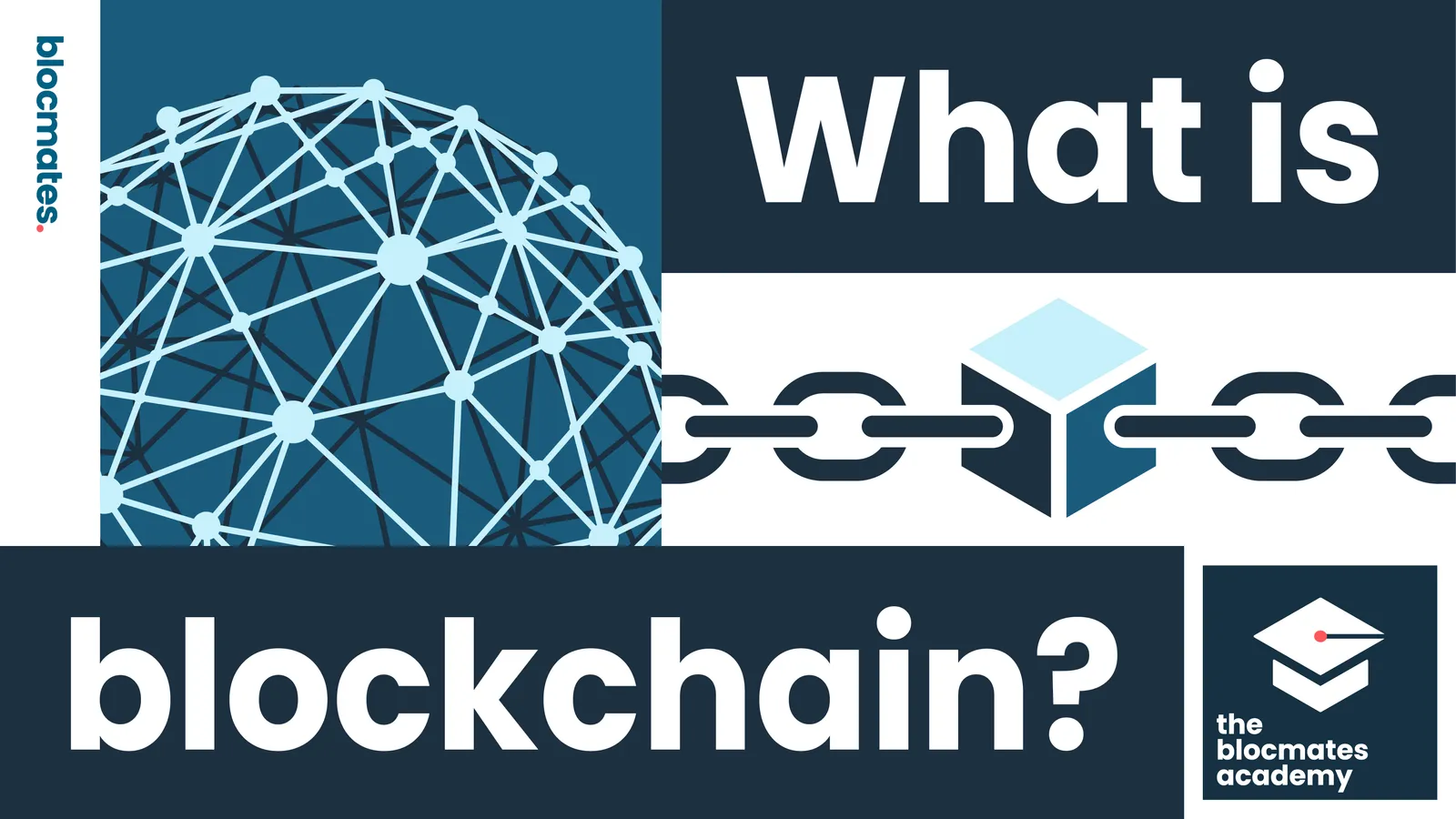



.webp)






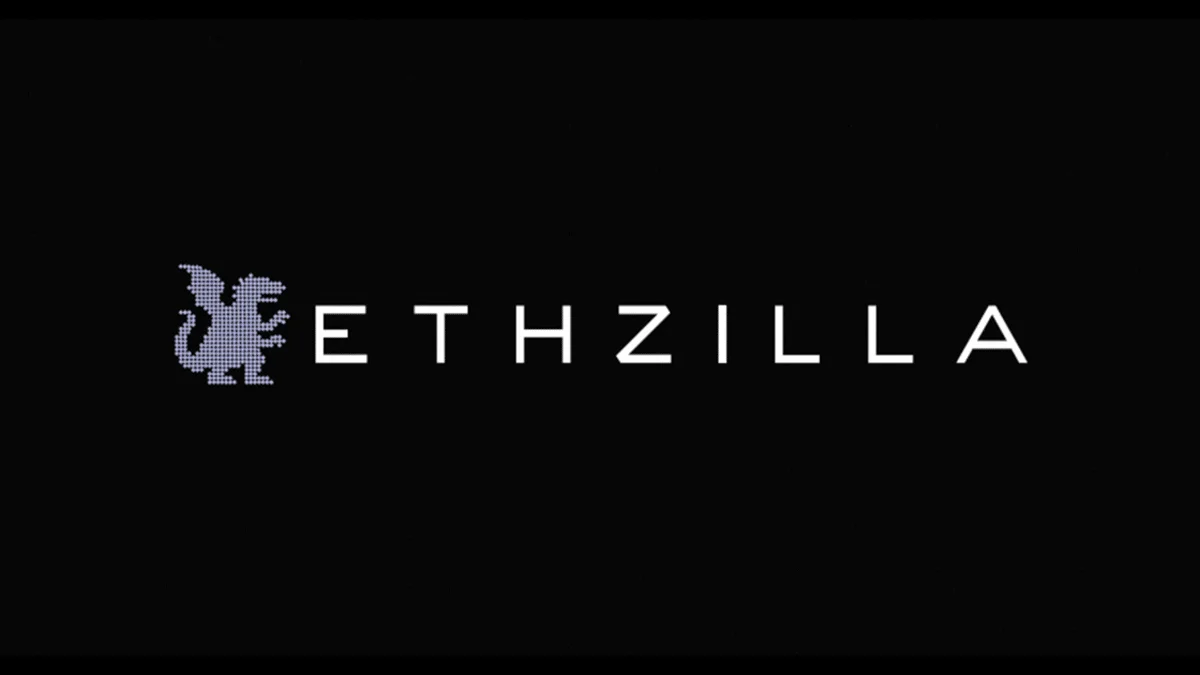


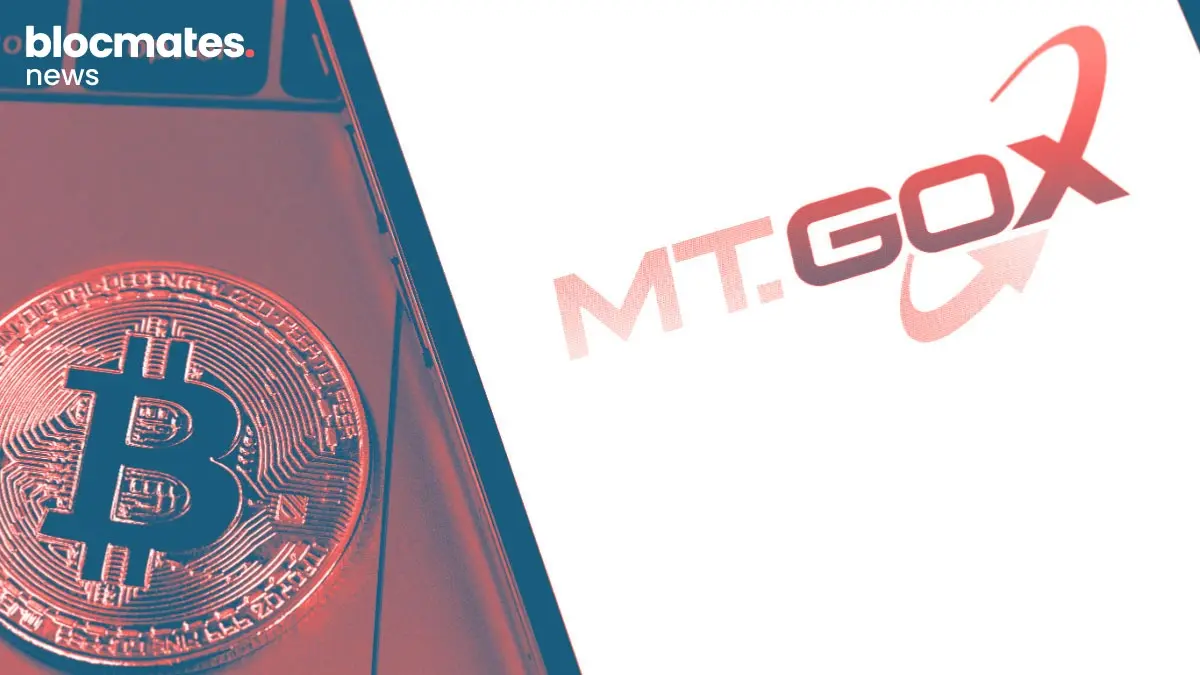




.webp)
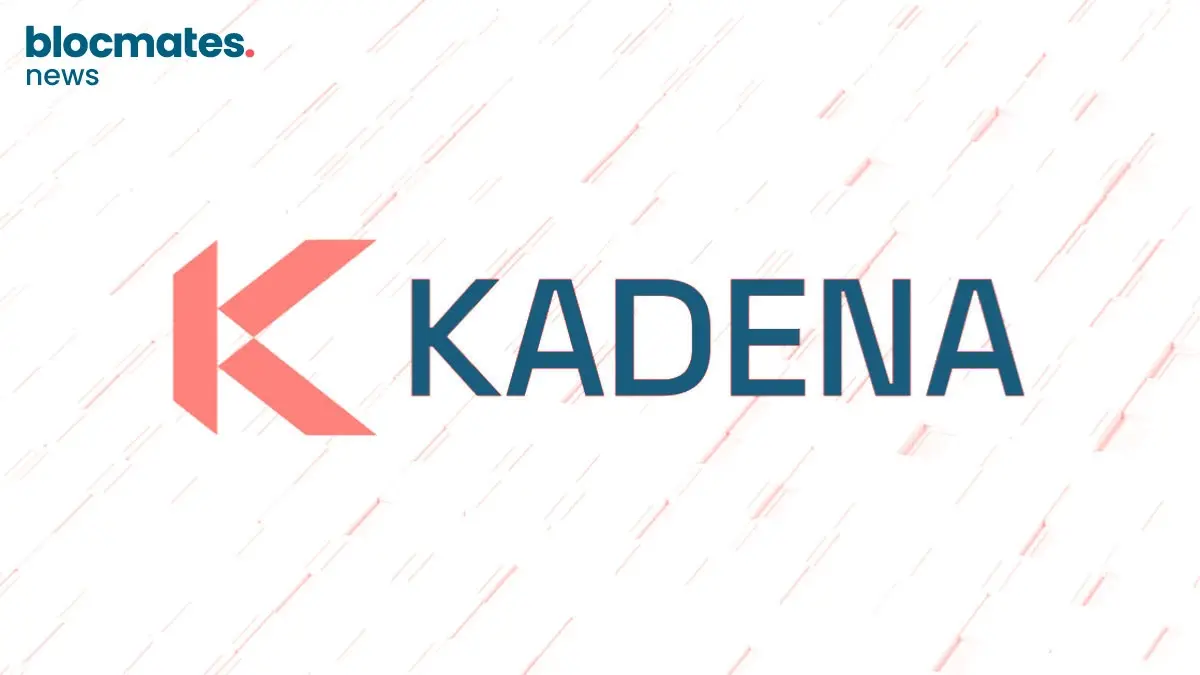

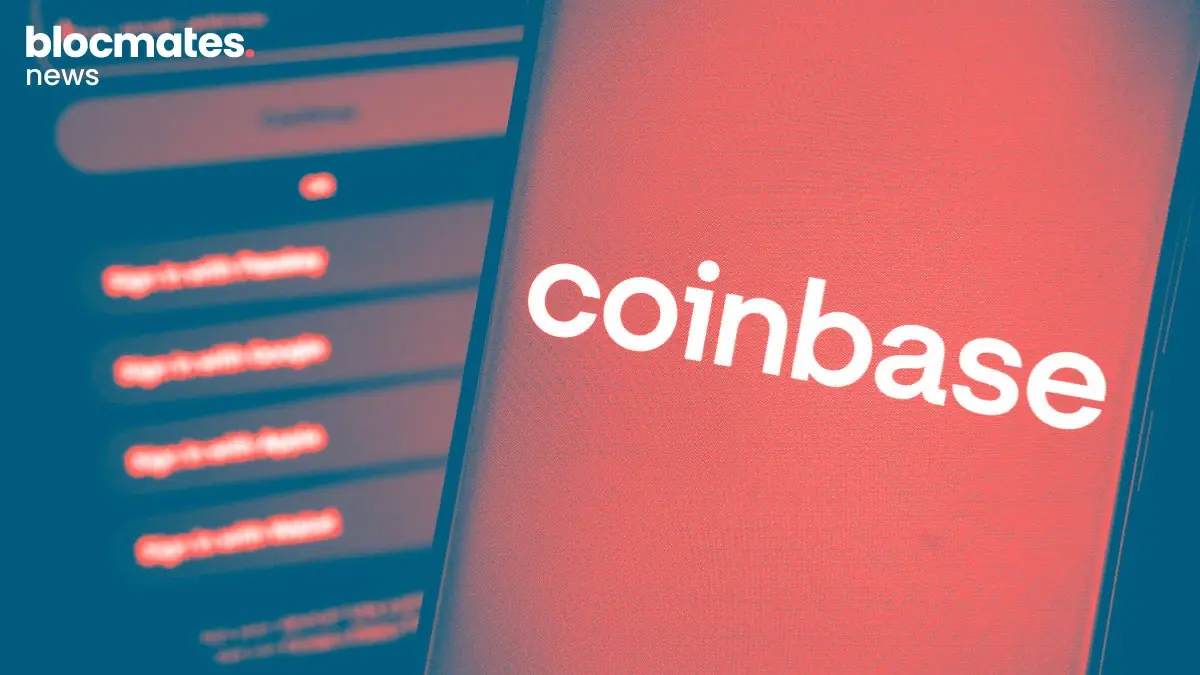
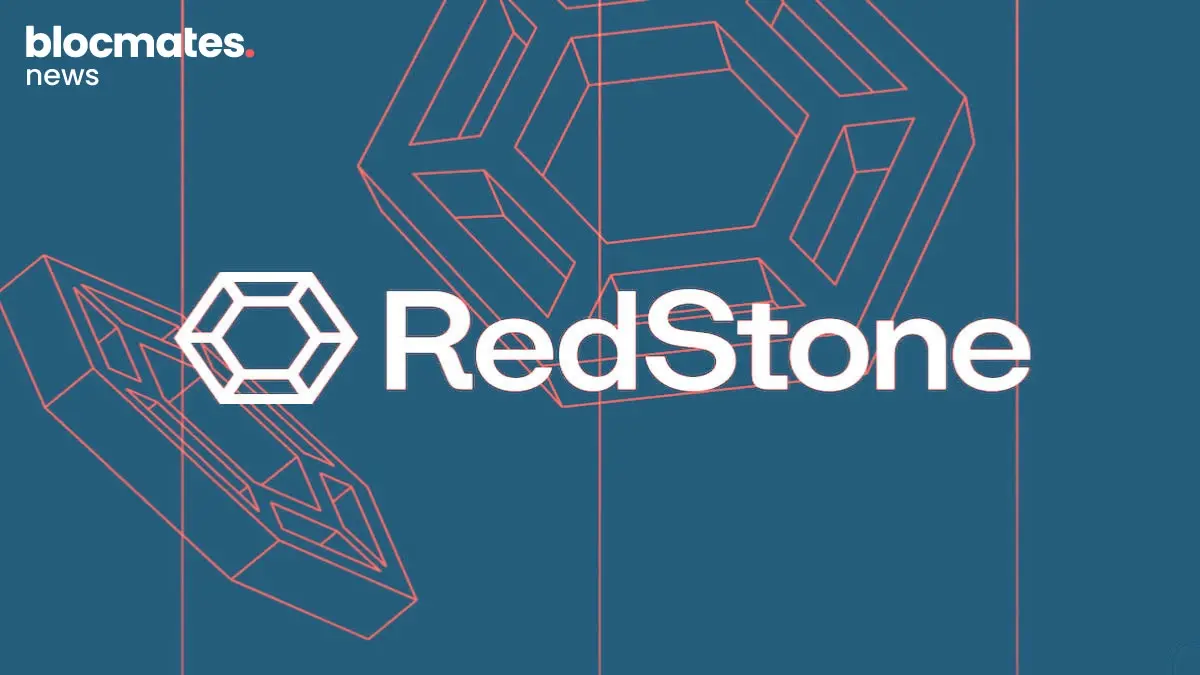
.webp)

.webp)
.webp)

.webp)



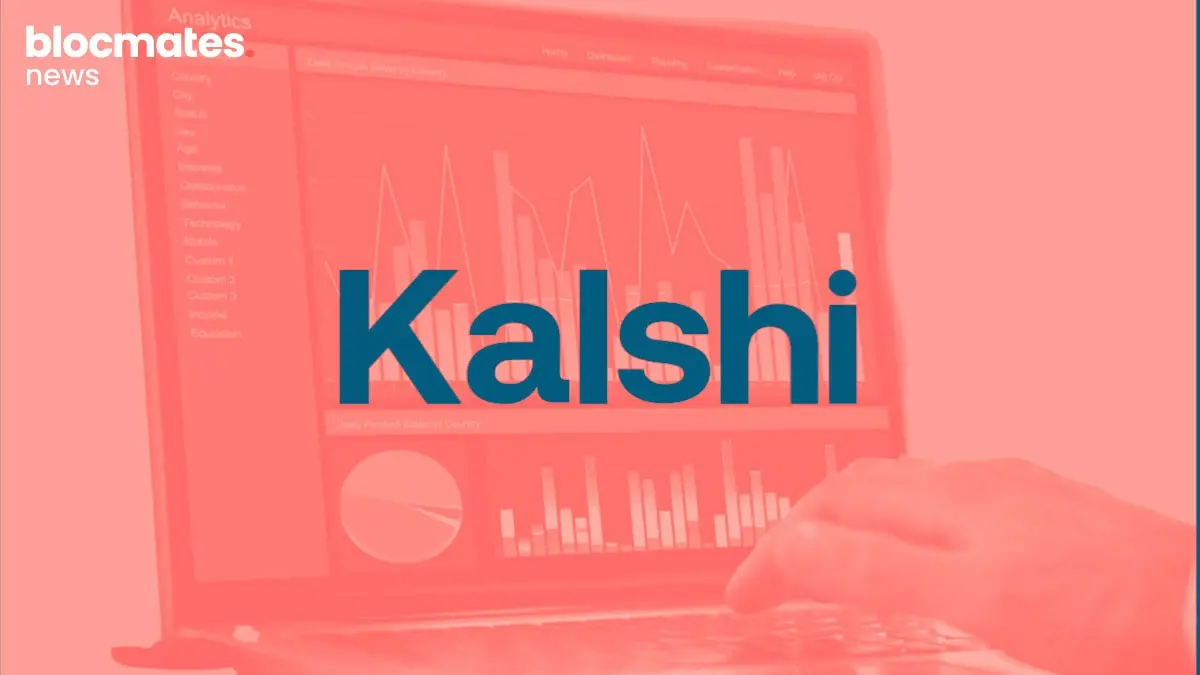
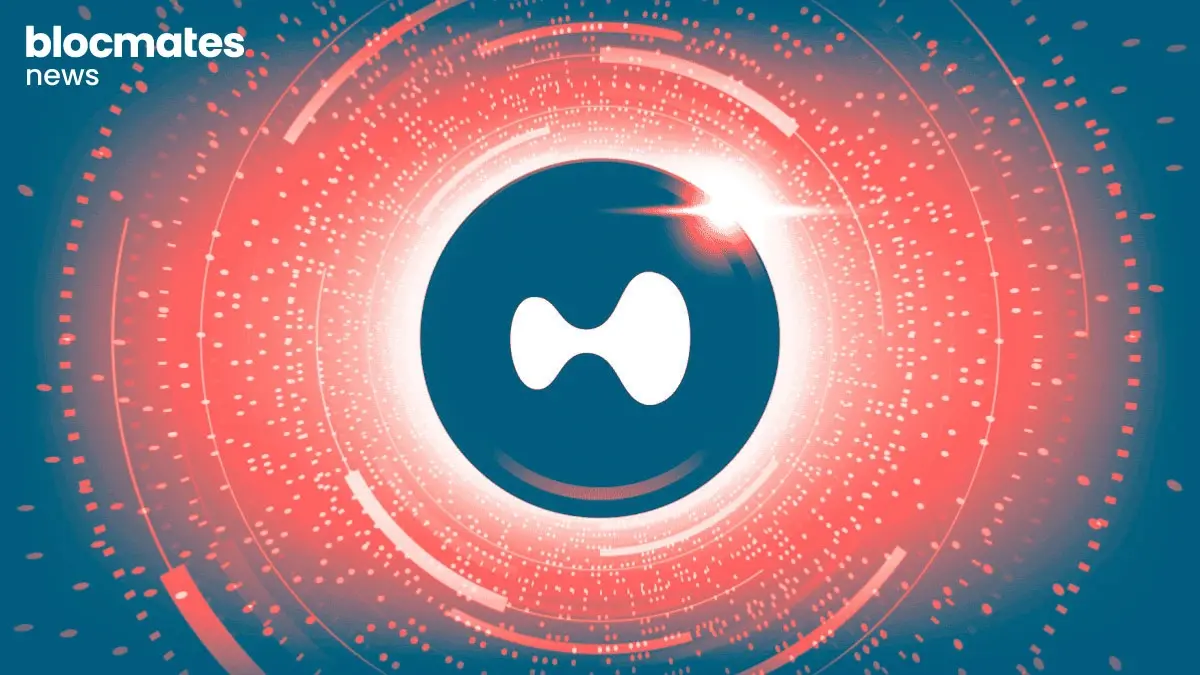






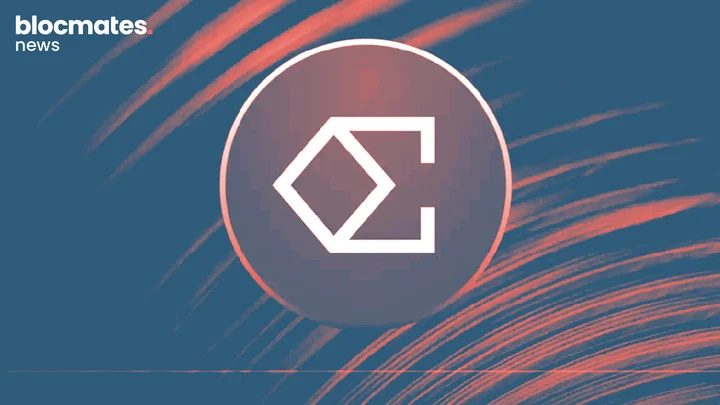


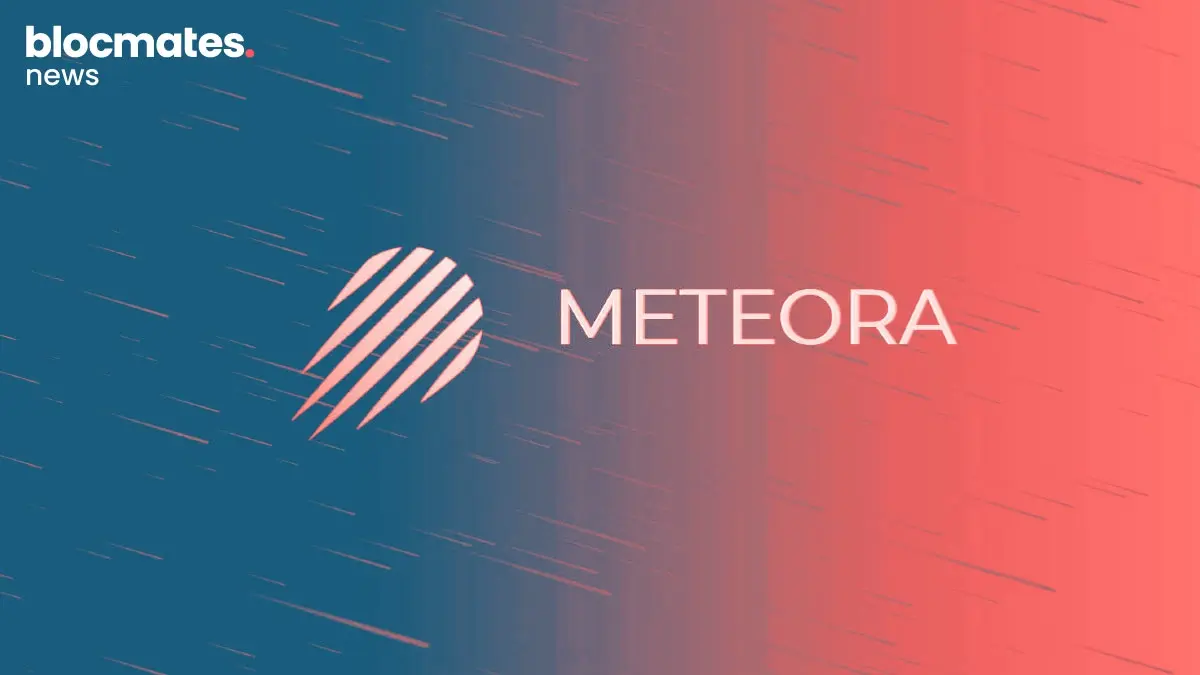


.webp)

.webp)


.webp)



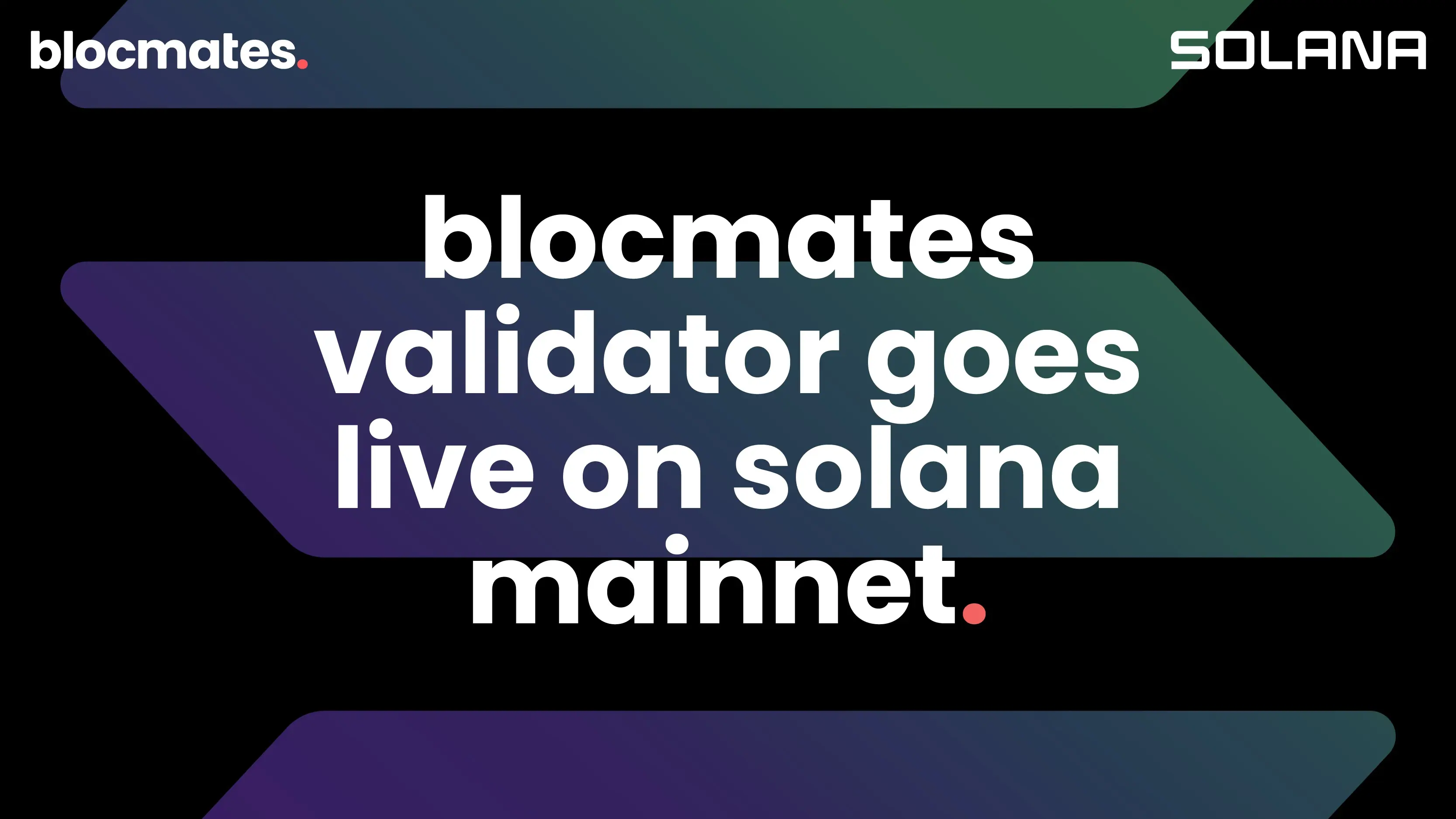
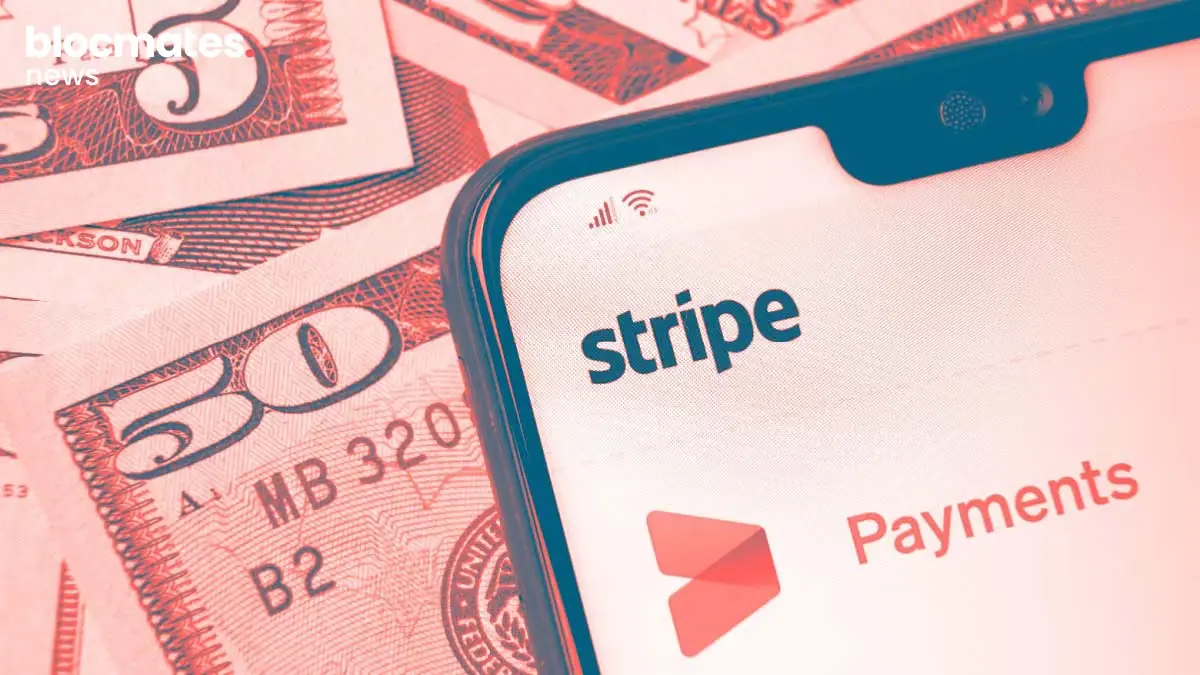



.webp)
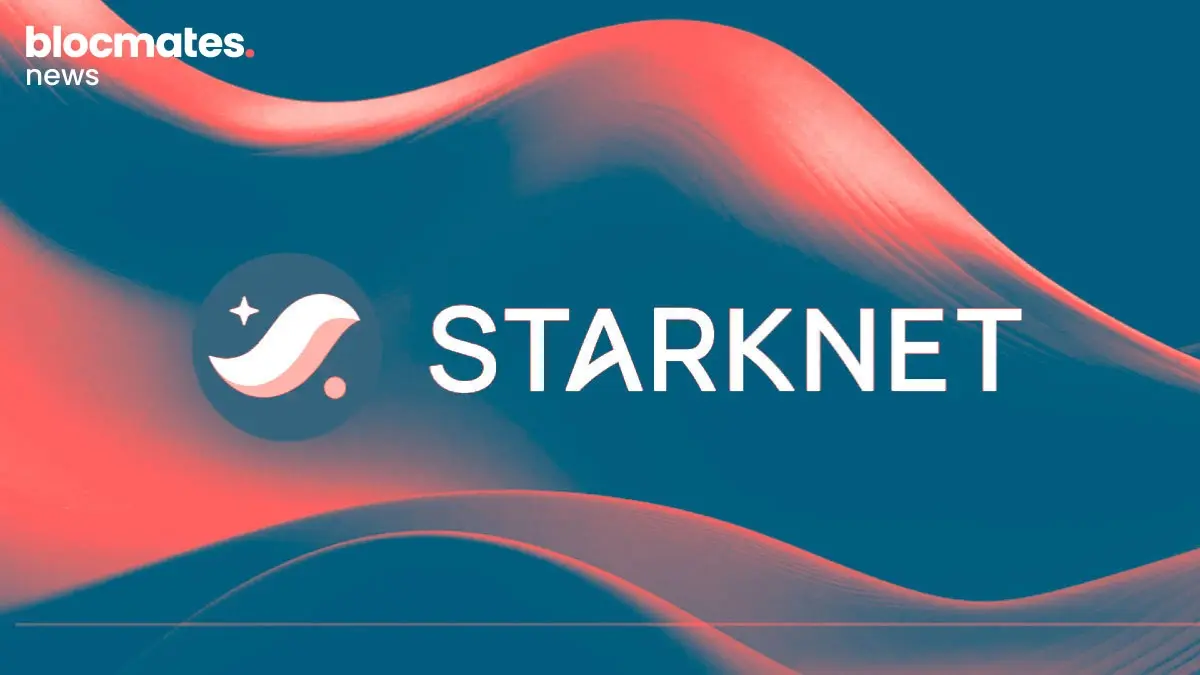




.webp)


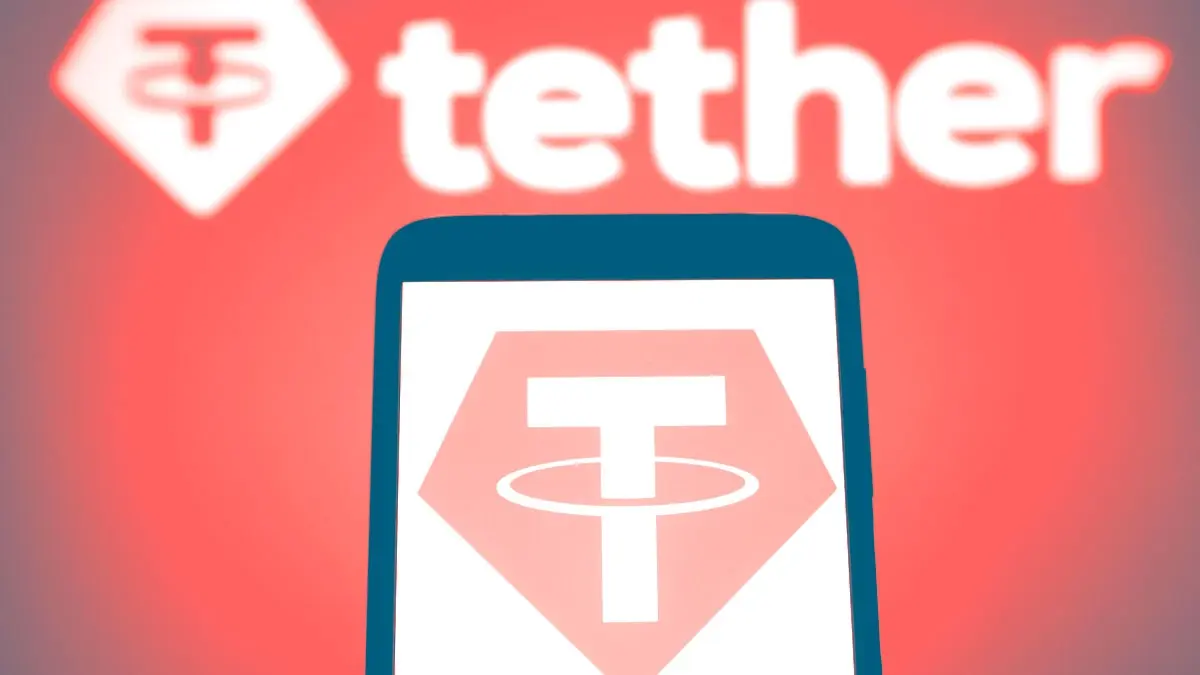

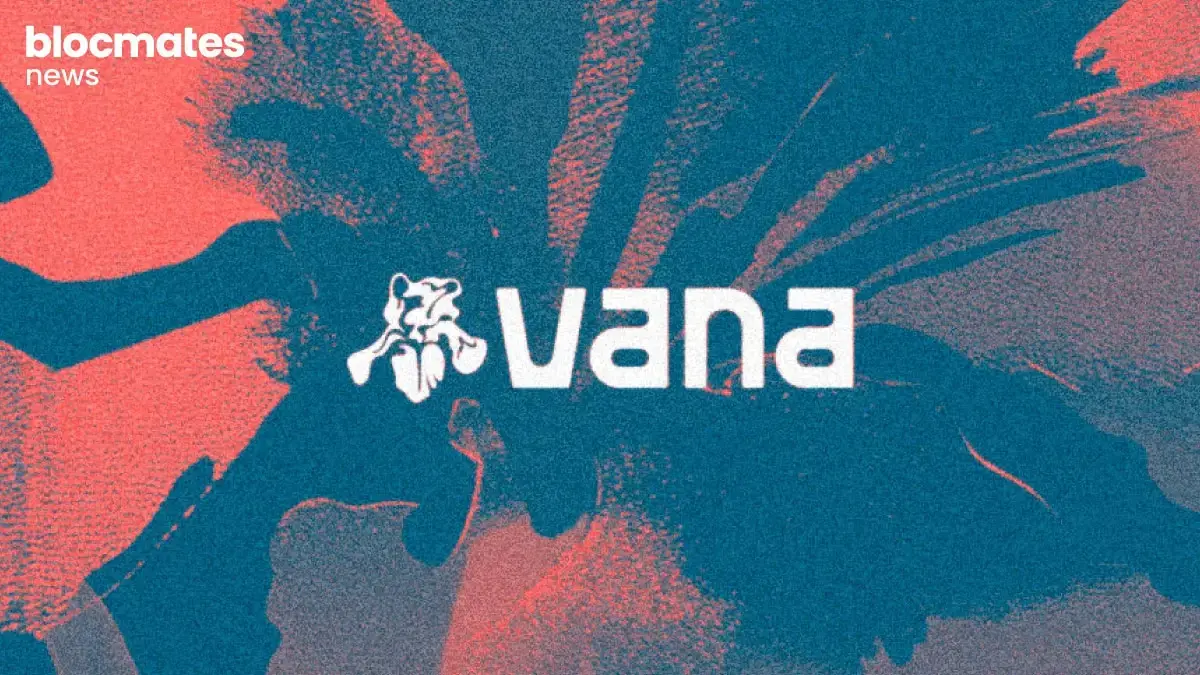







.webp)










.webp)

